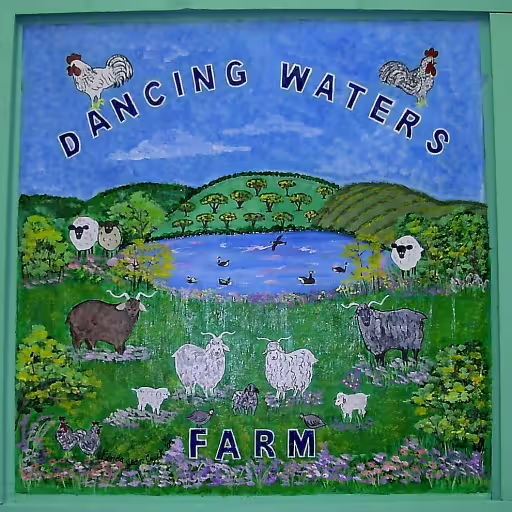Dancing Waters Farm Through the Seasons of 2019
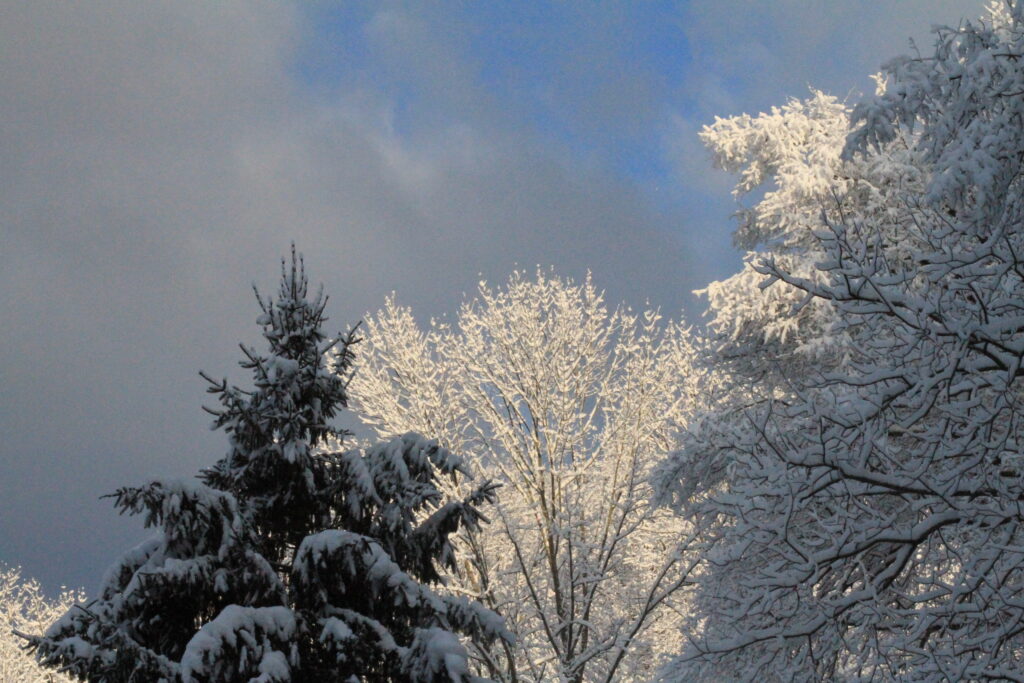
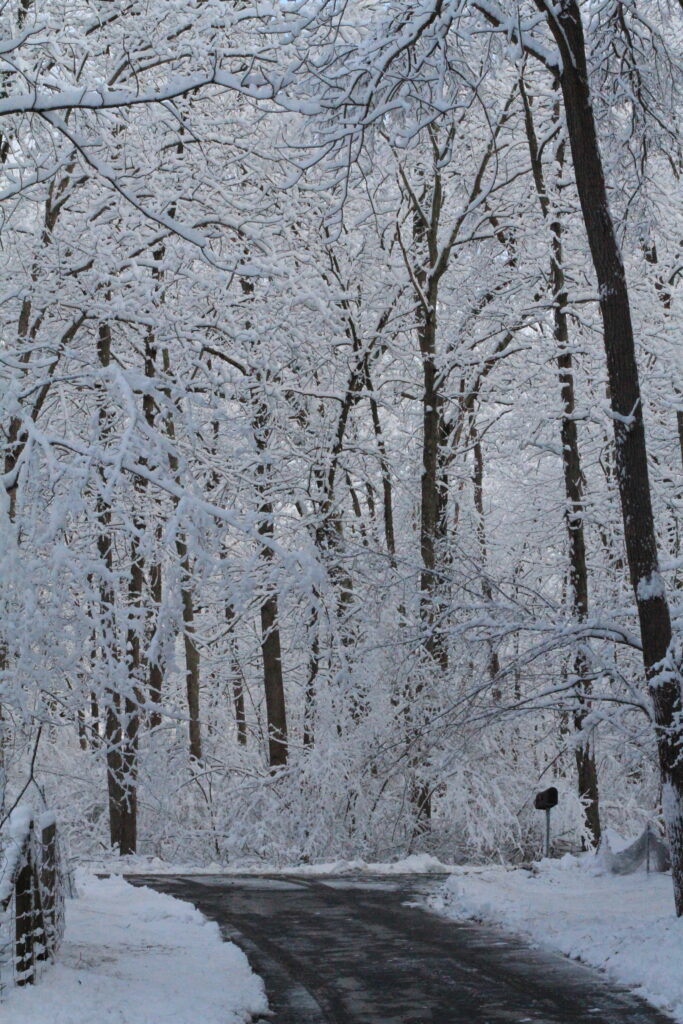
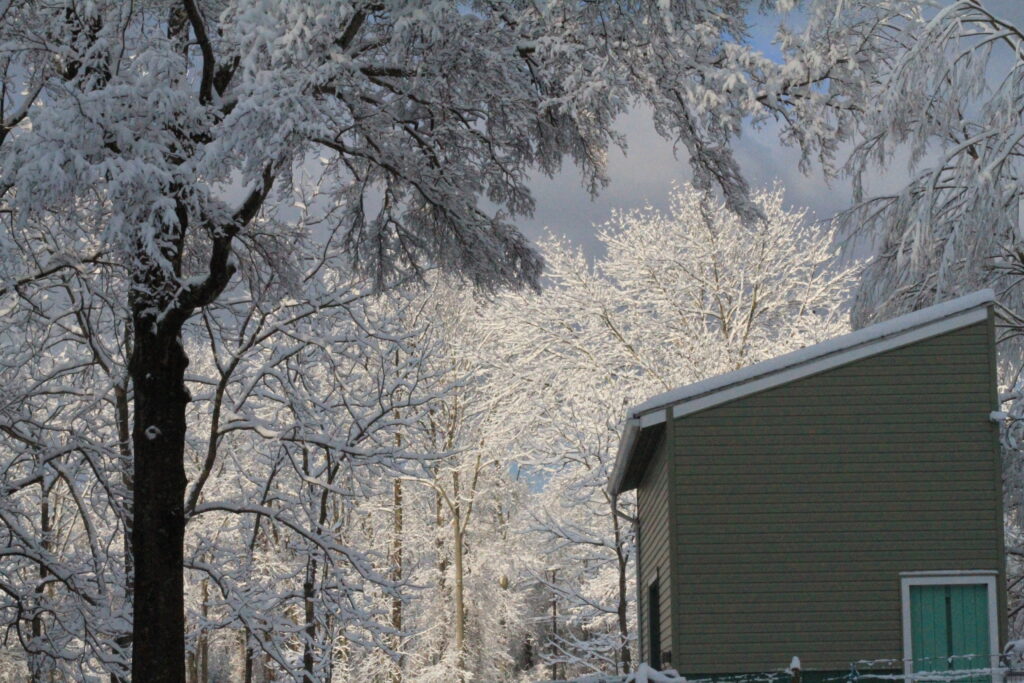
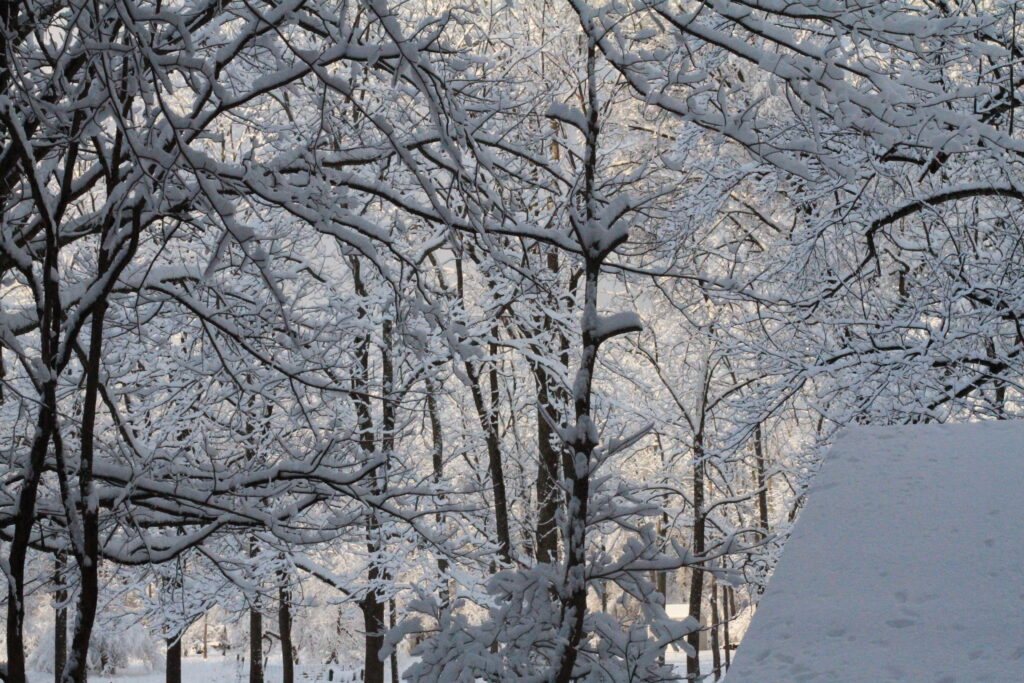
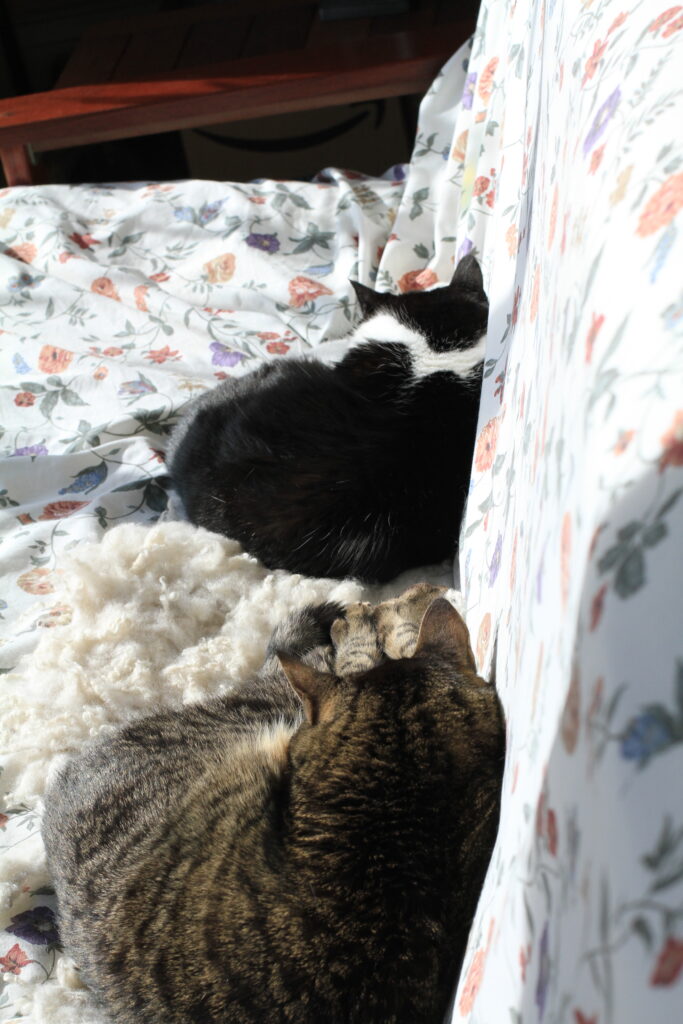
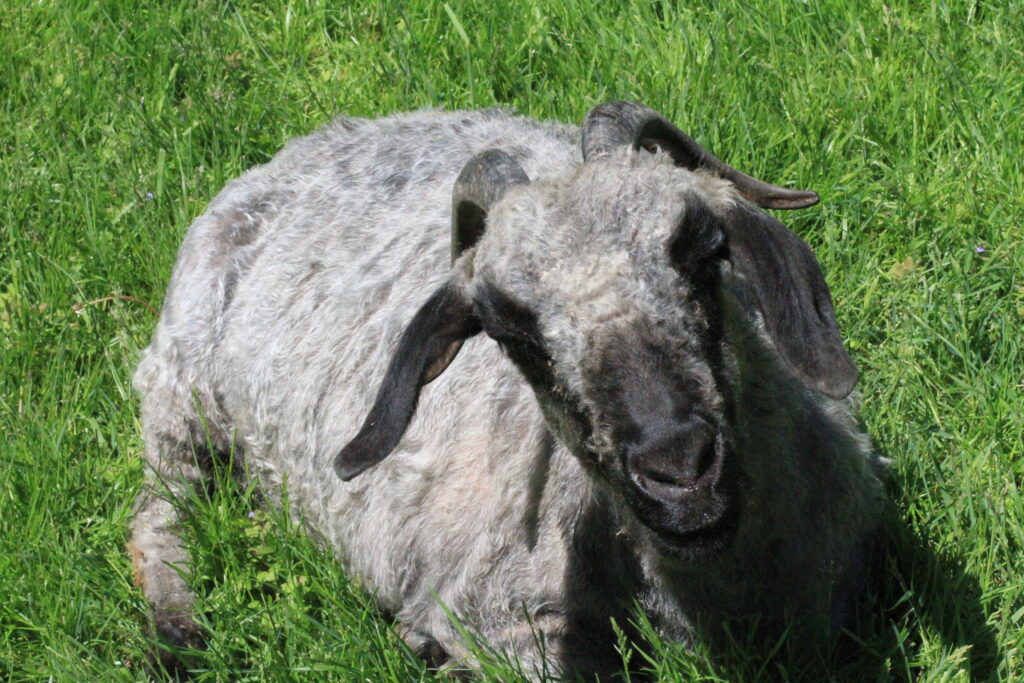
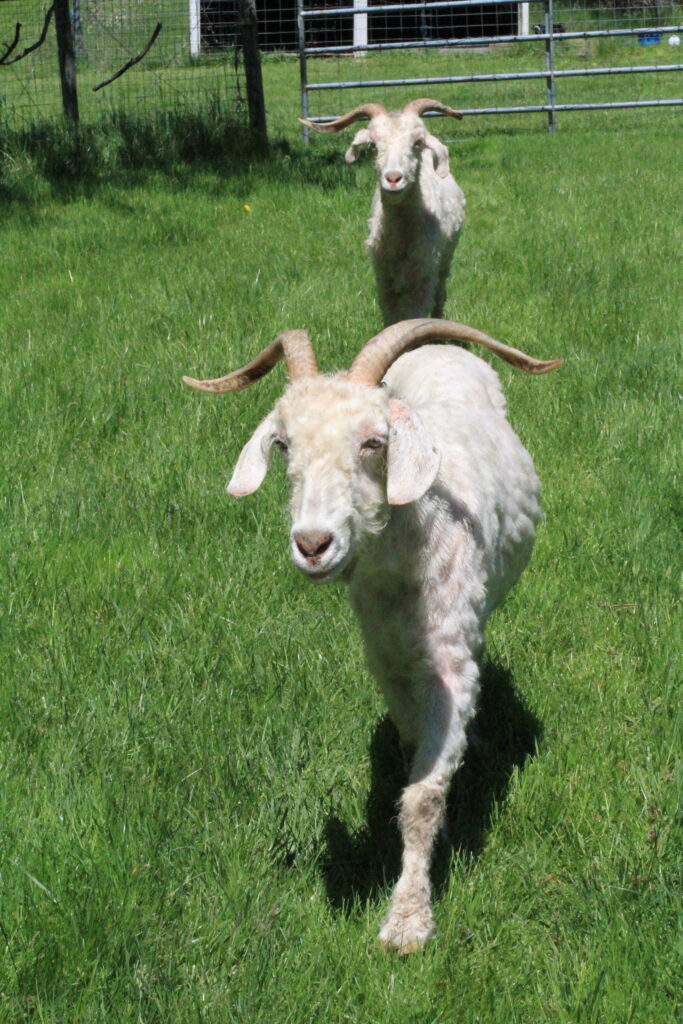
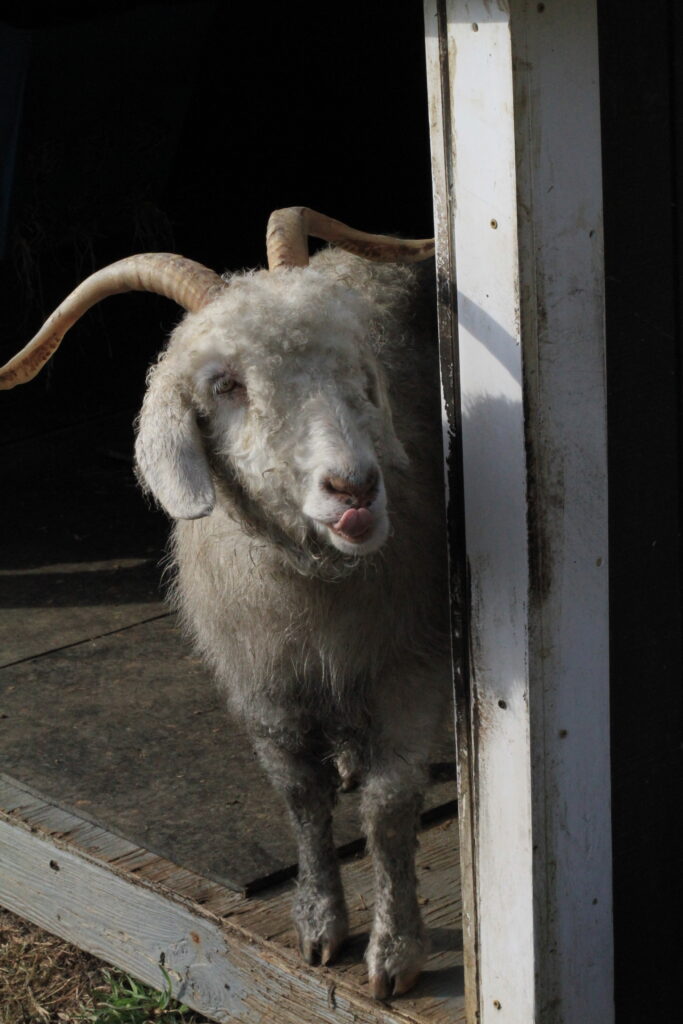
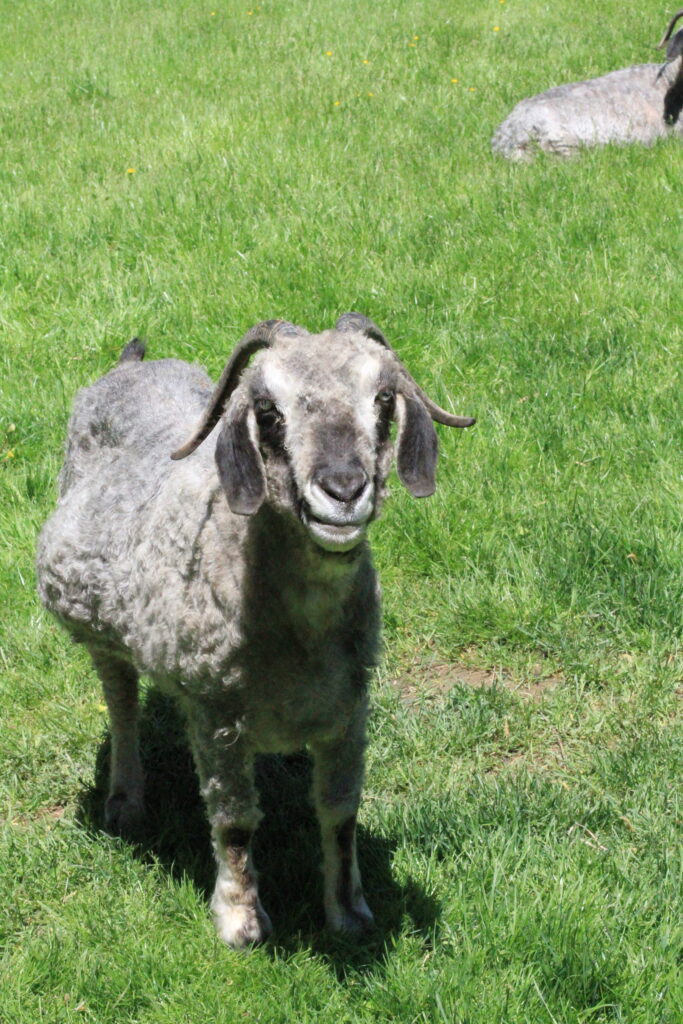
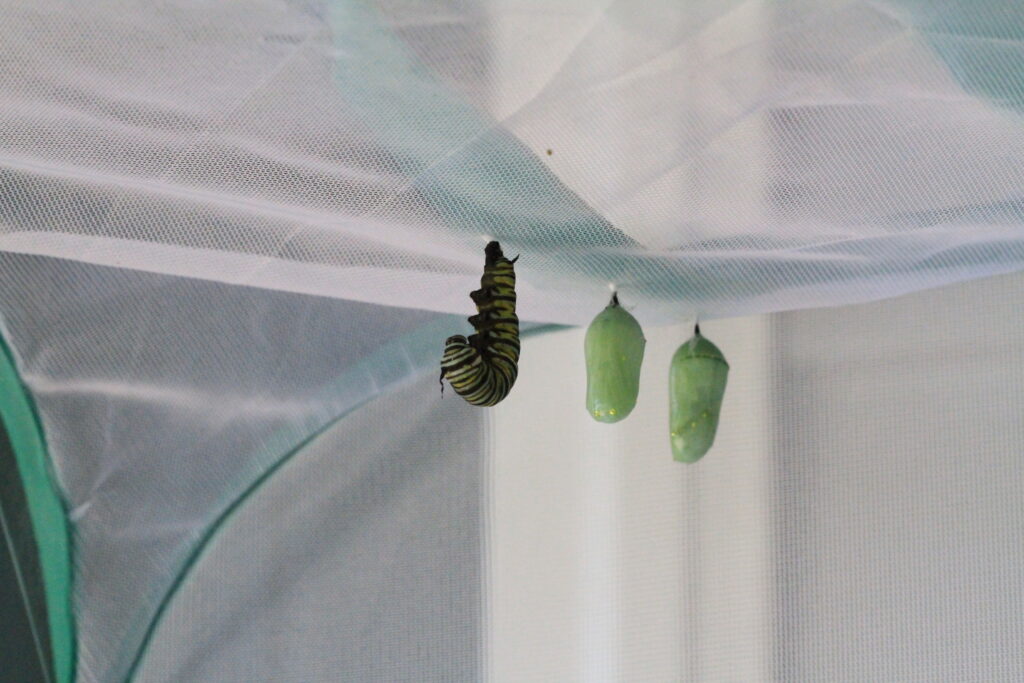
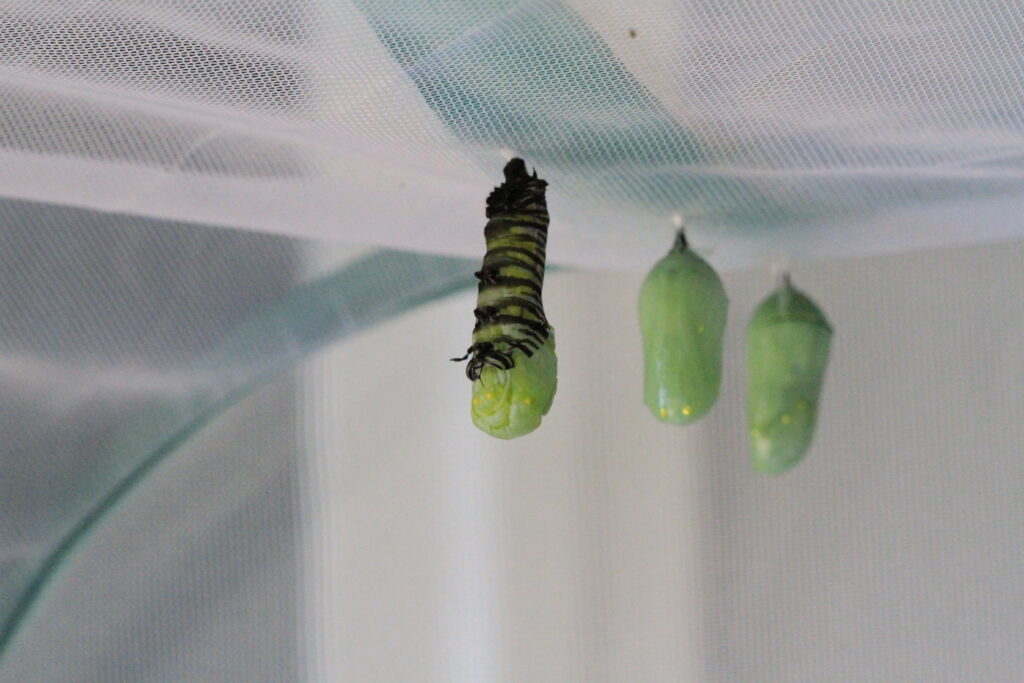
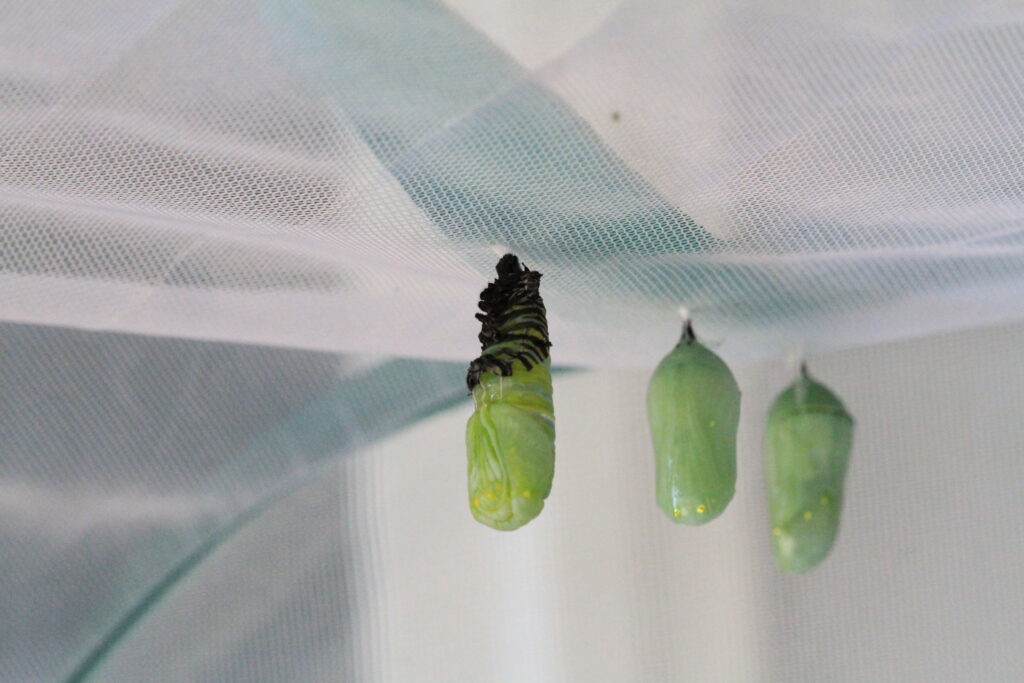
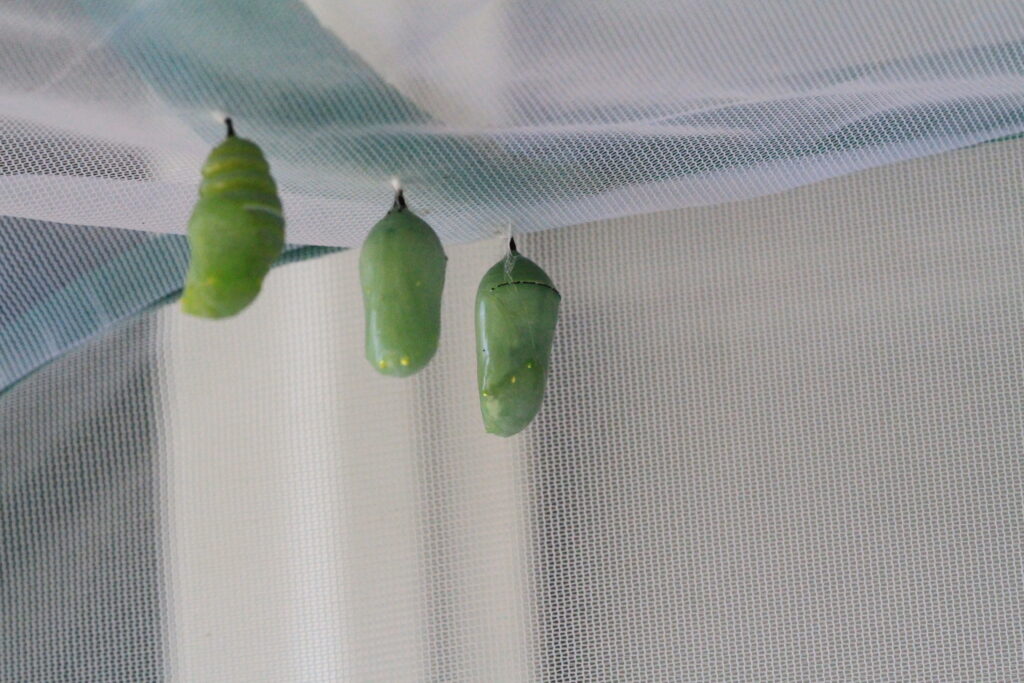
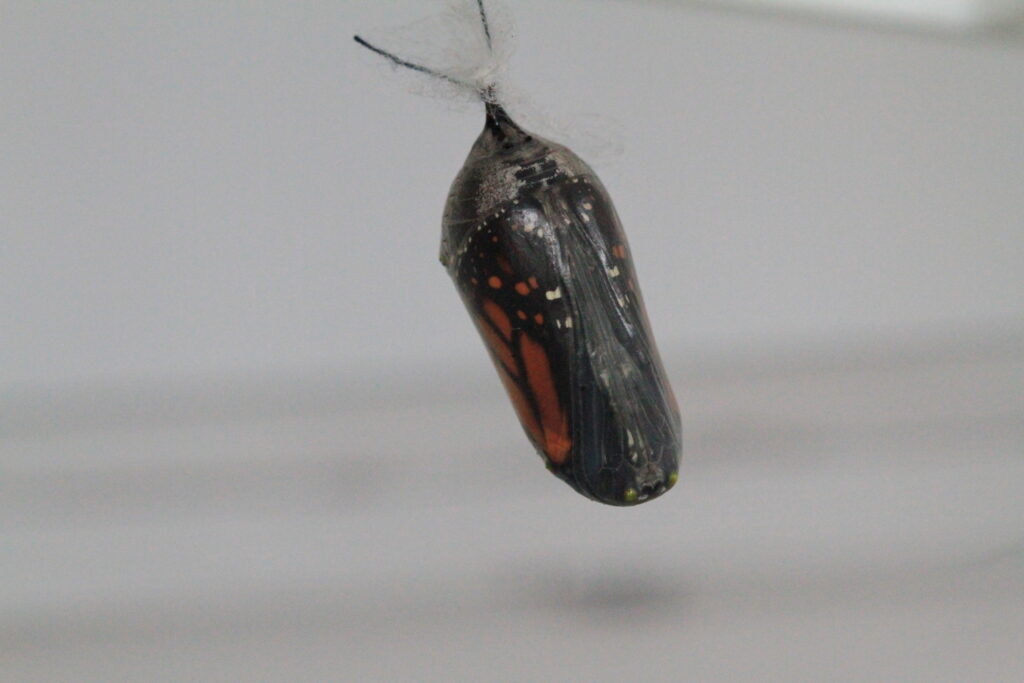
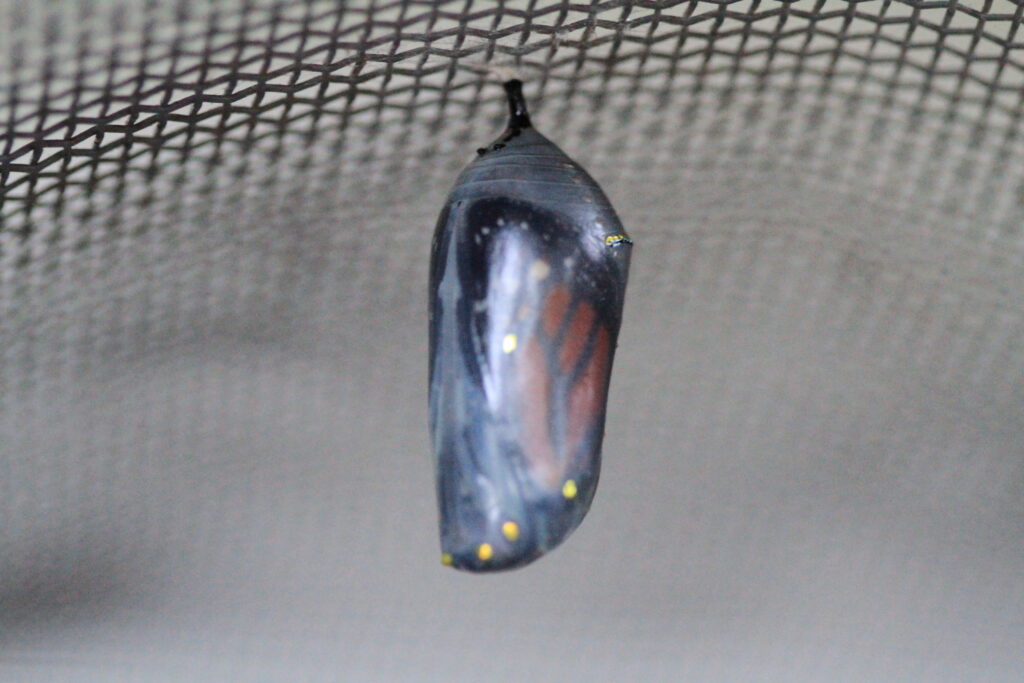
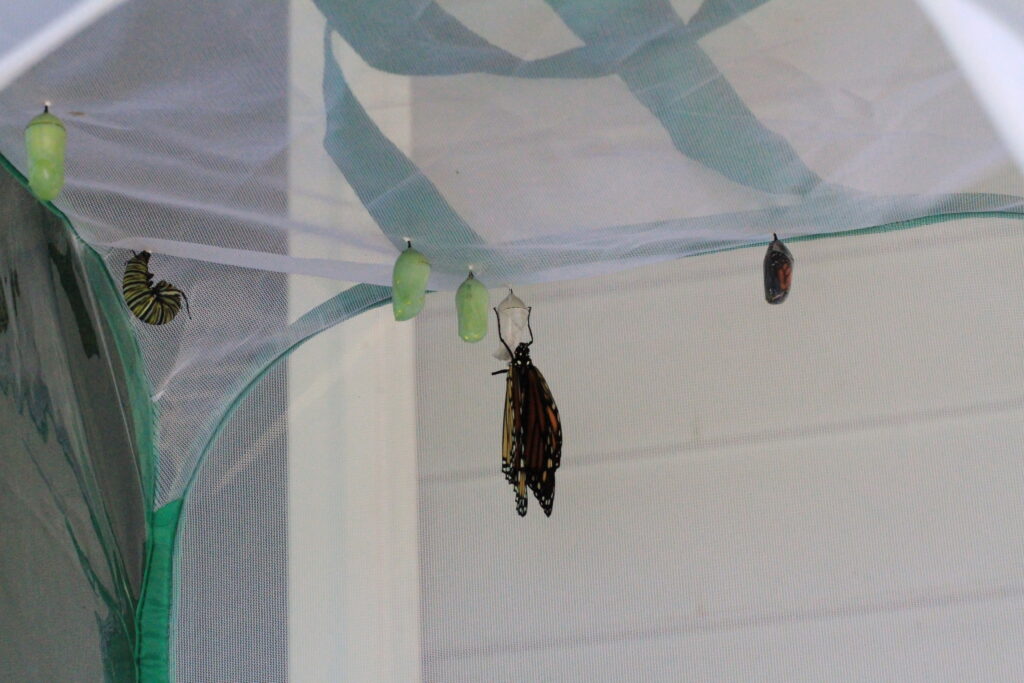
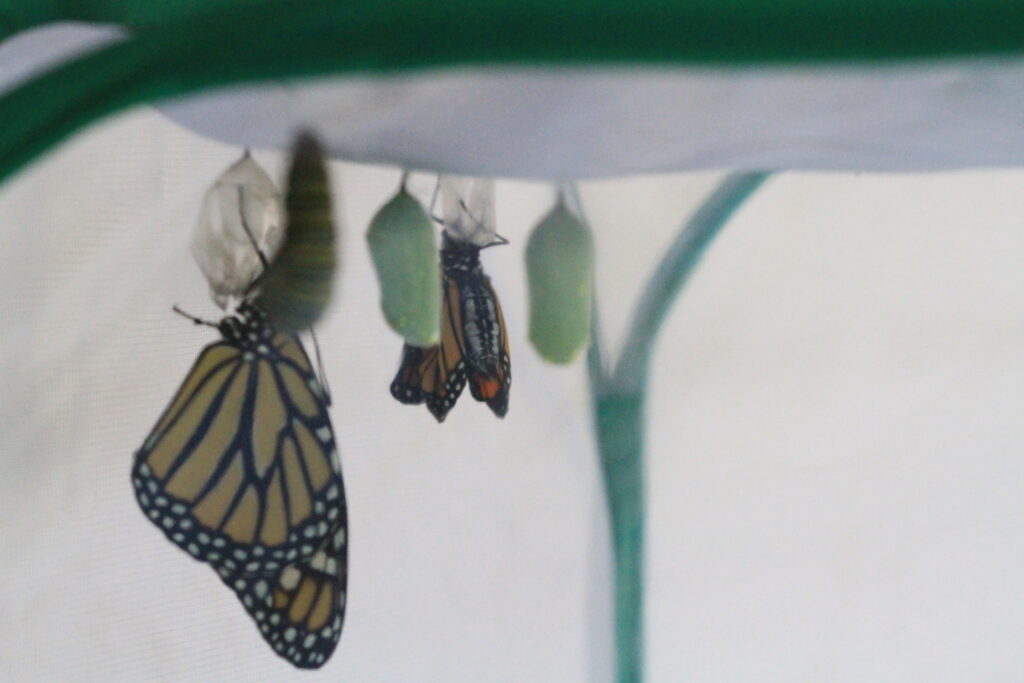
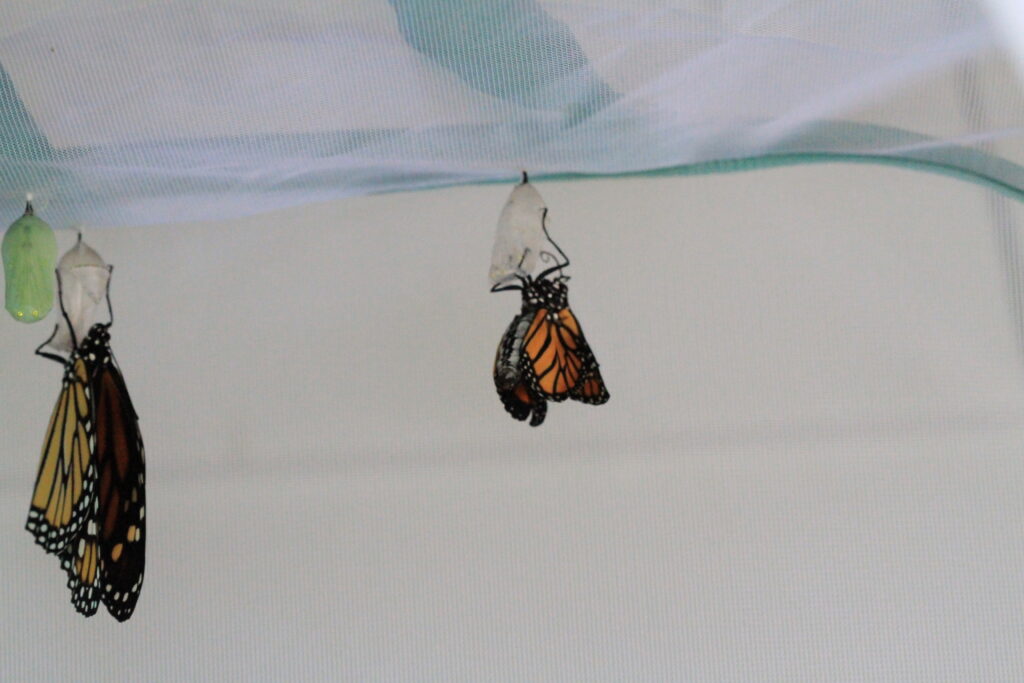
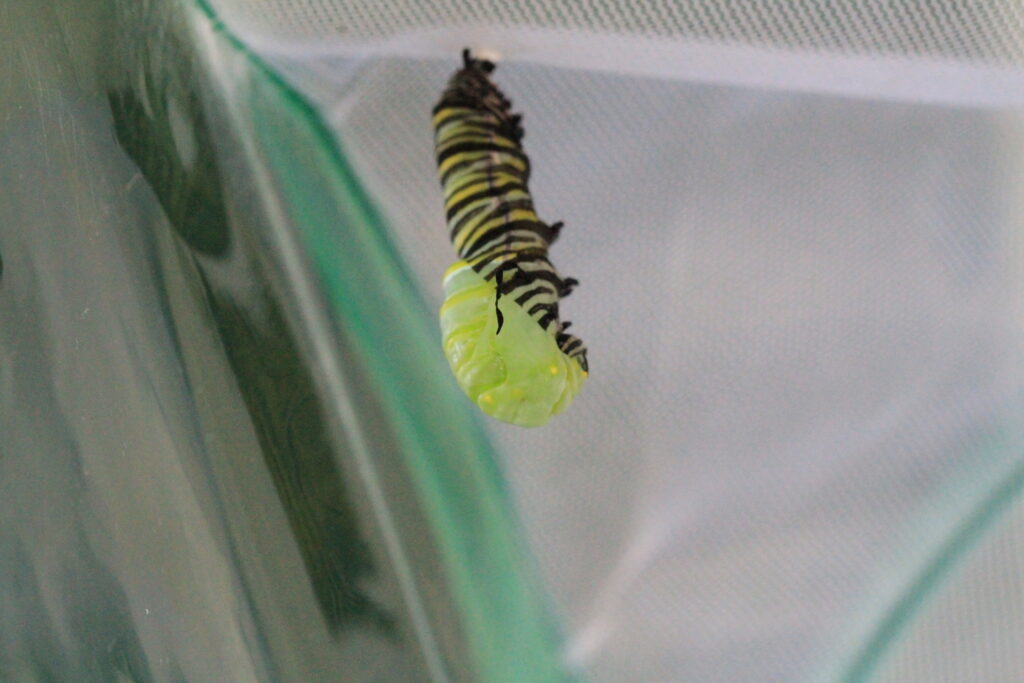
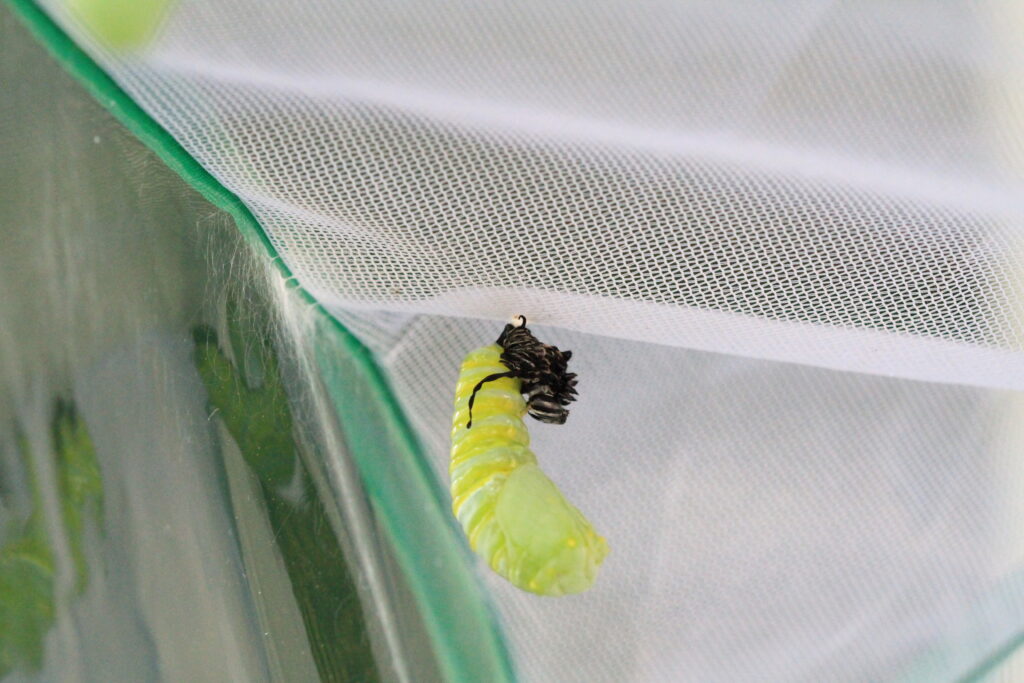
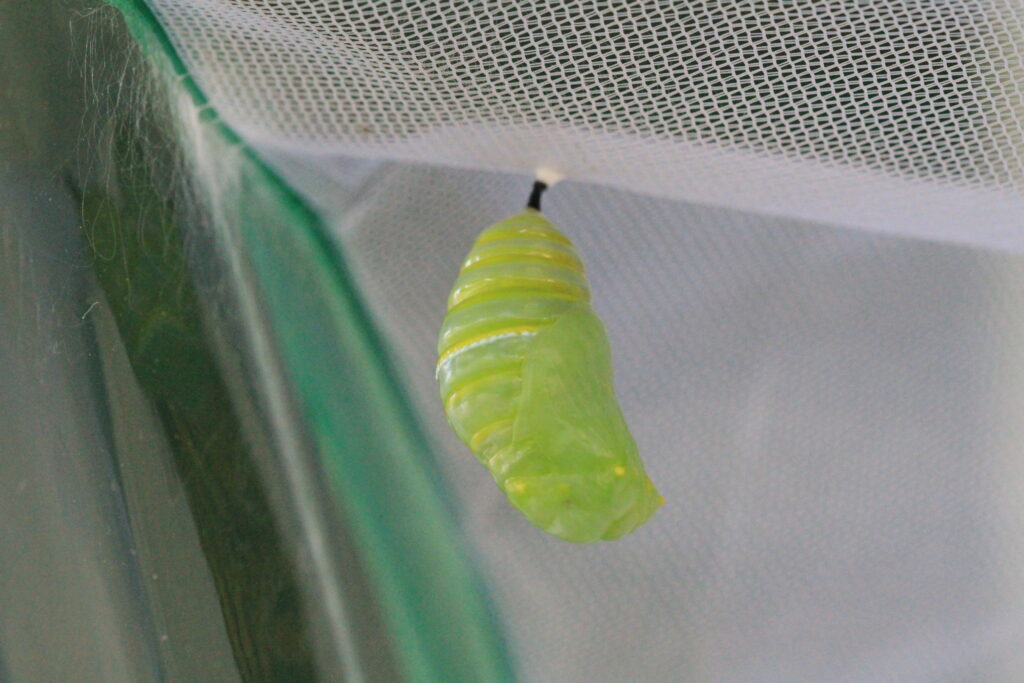
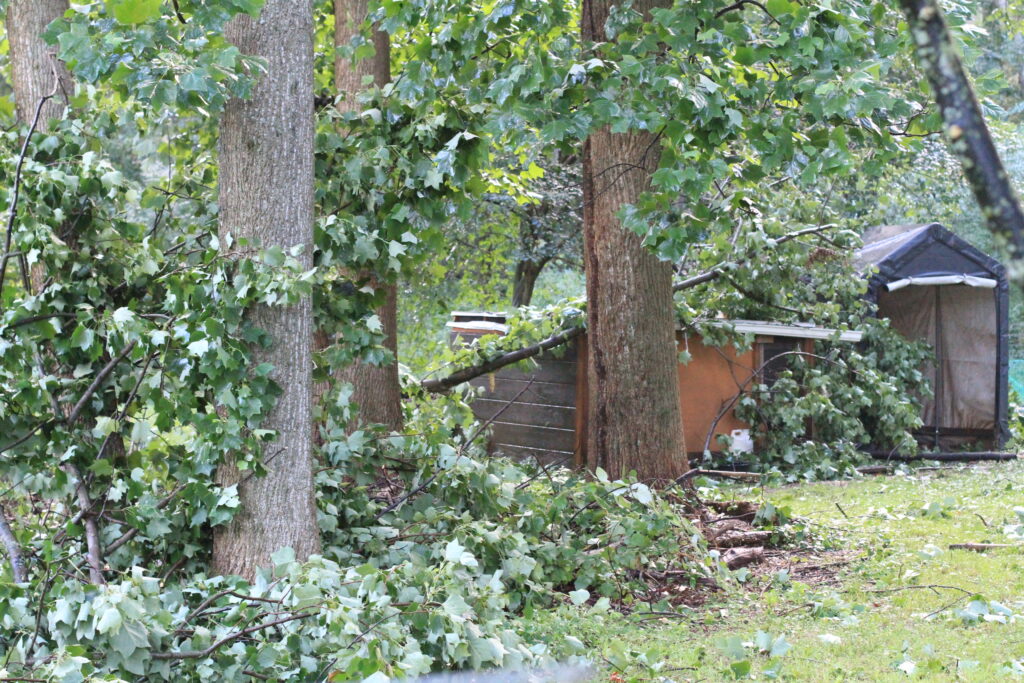
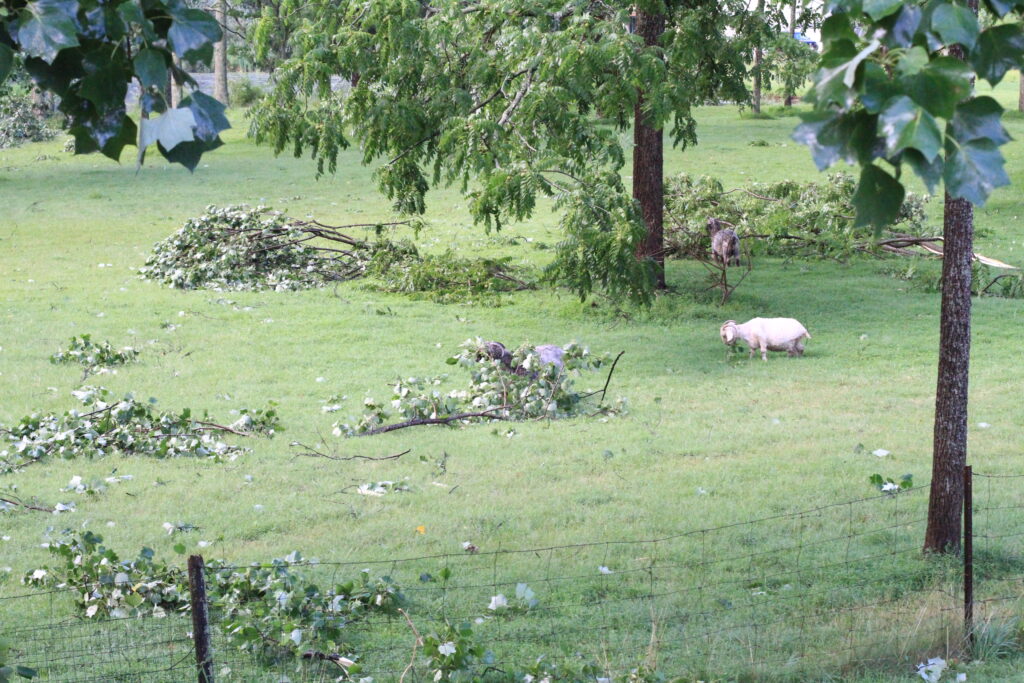
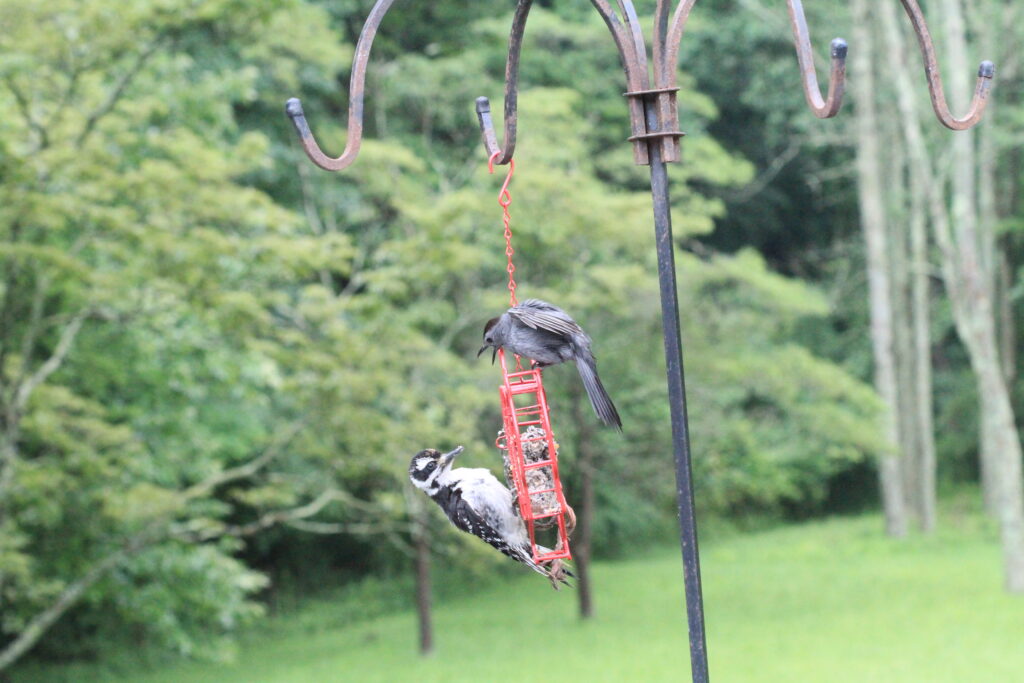
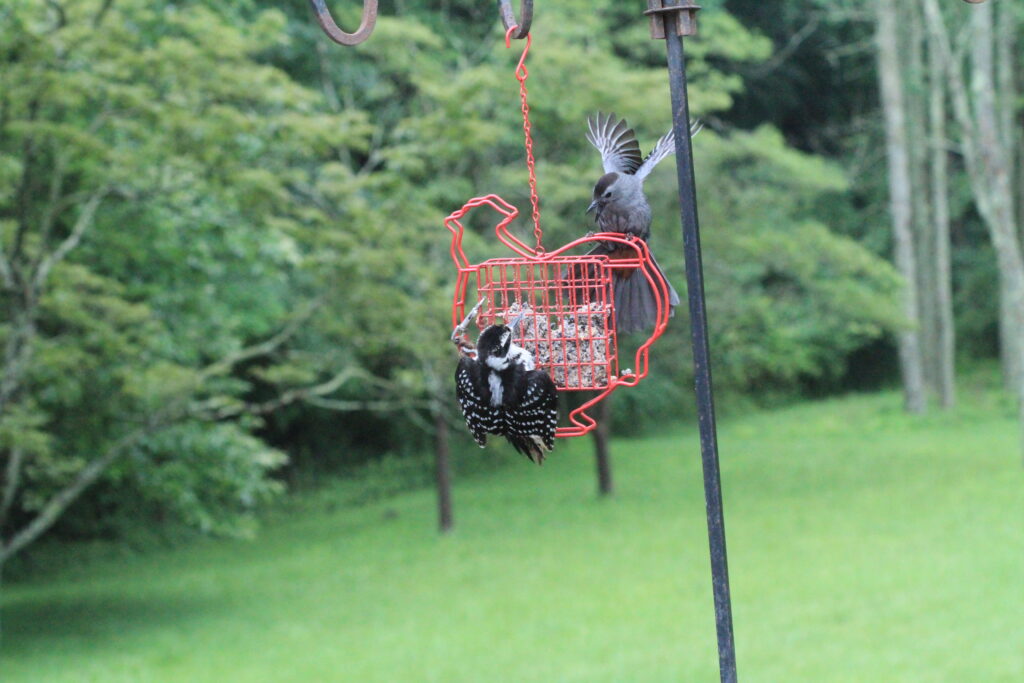
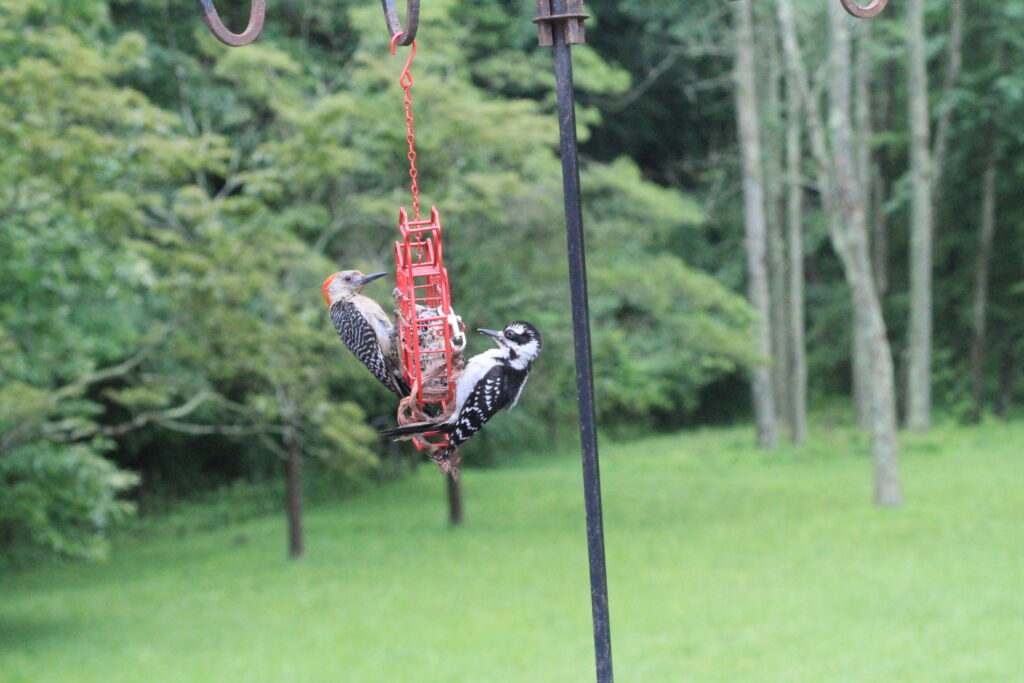
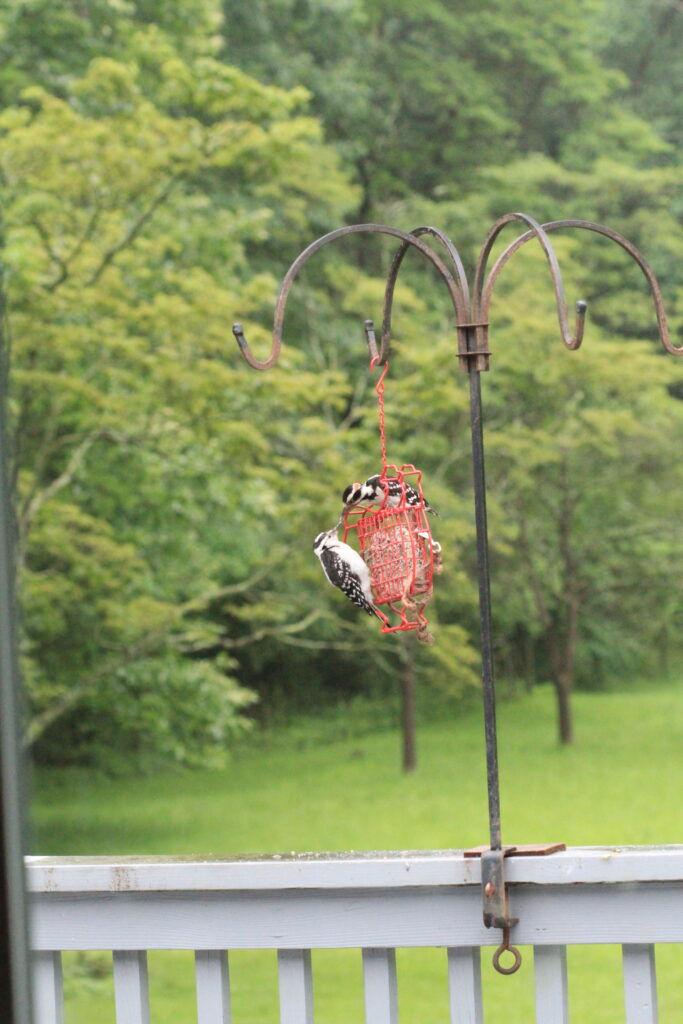
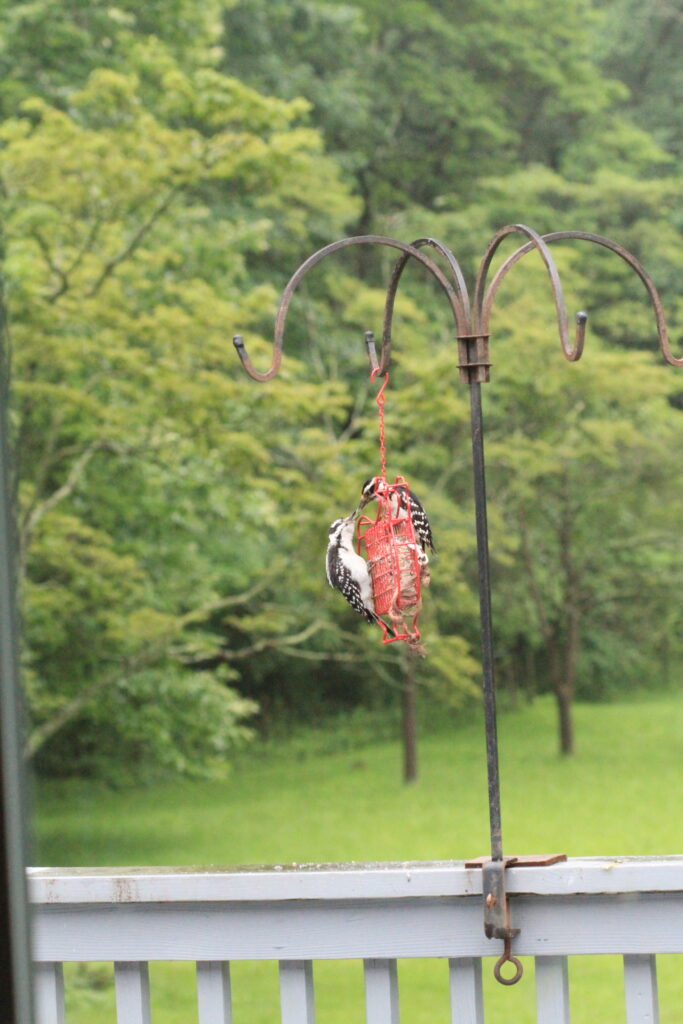
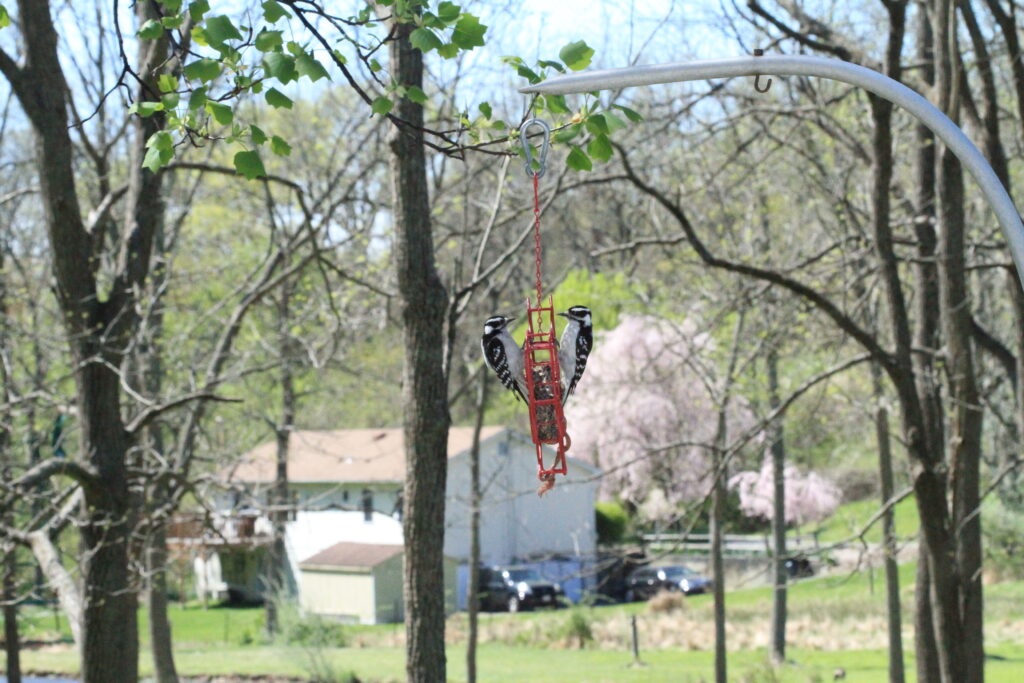
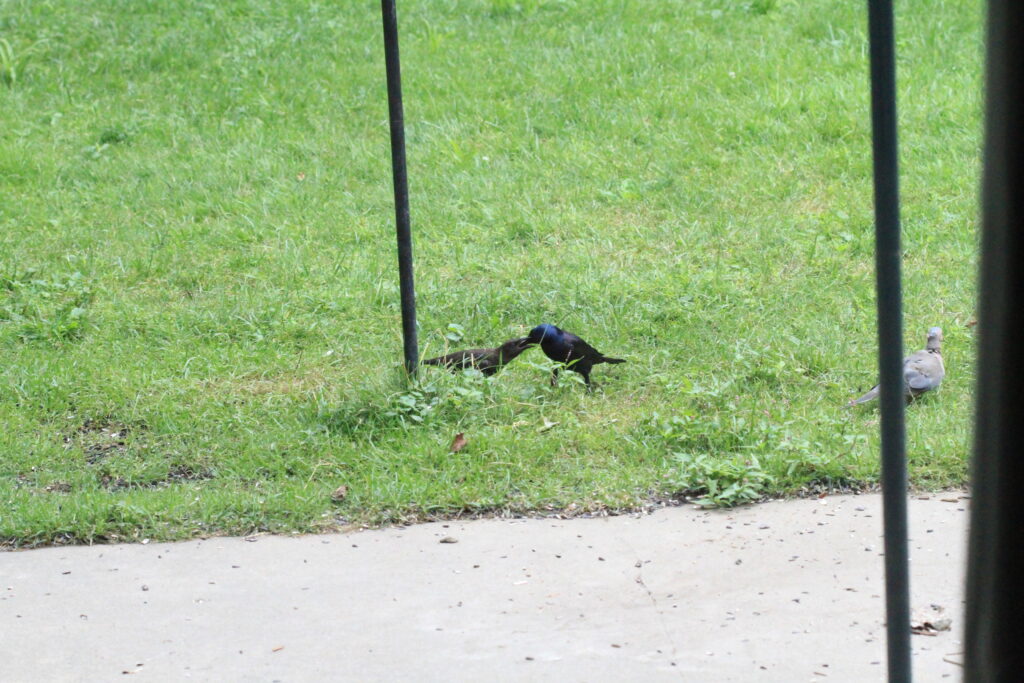
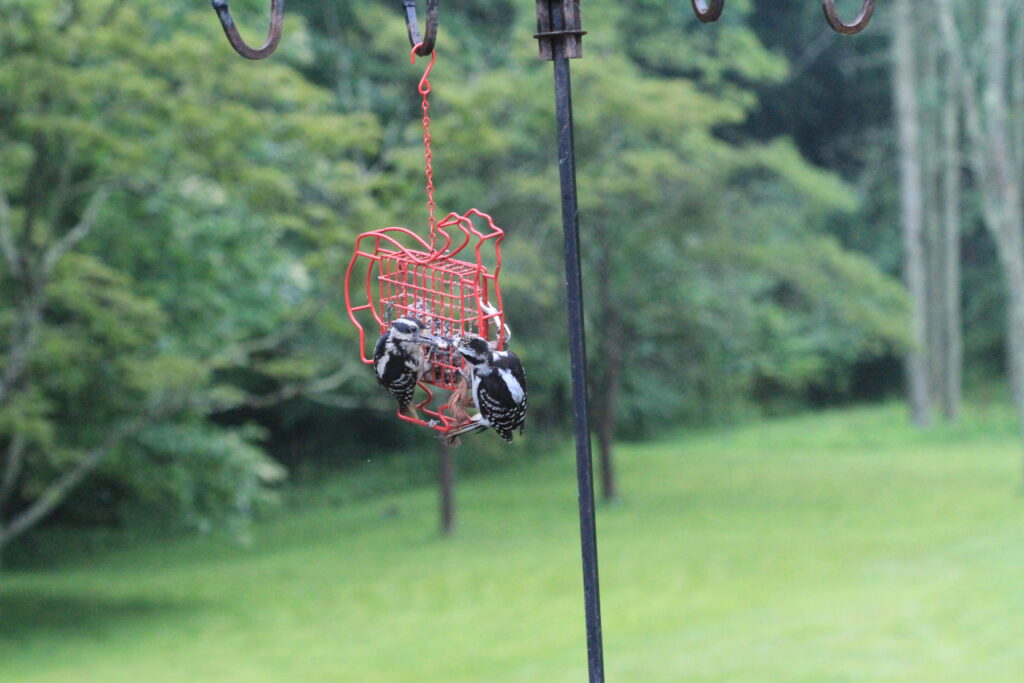
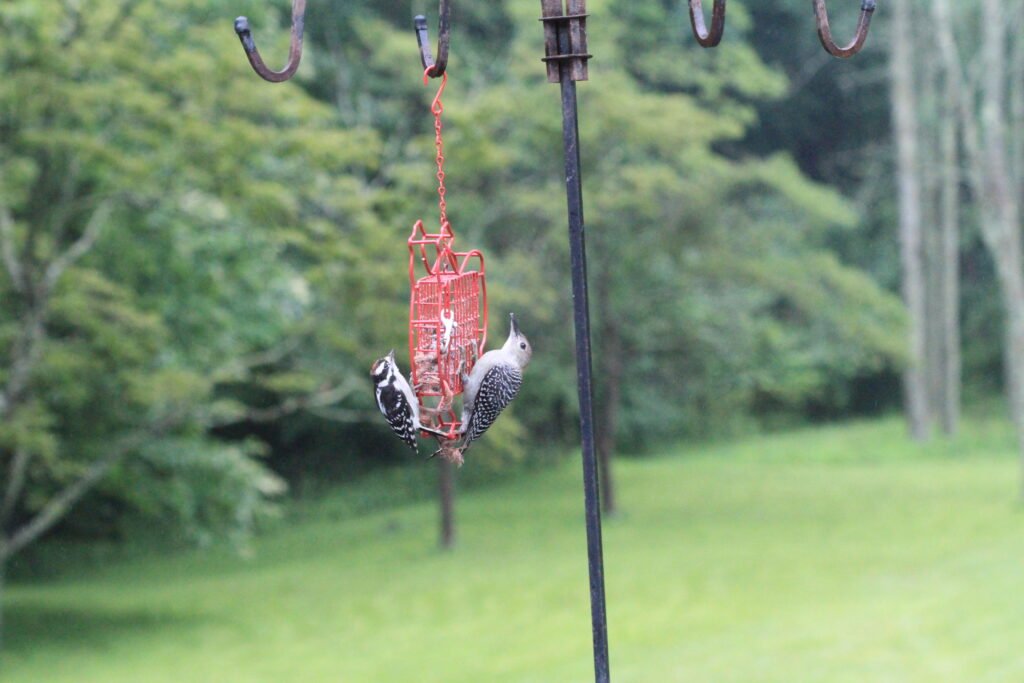
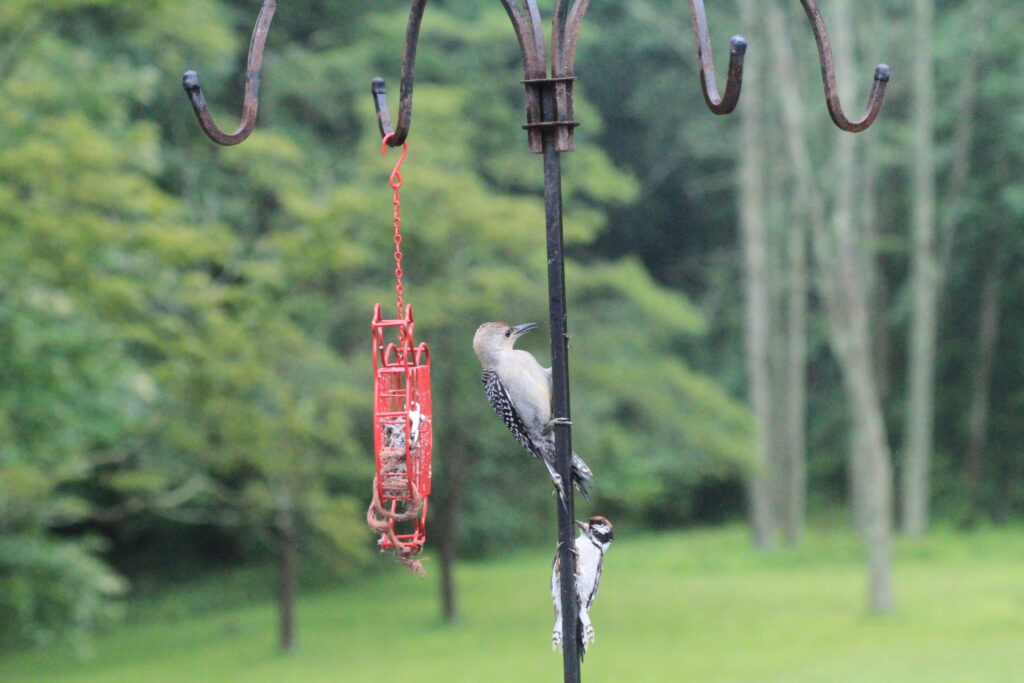
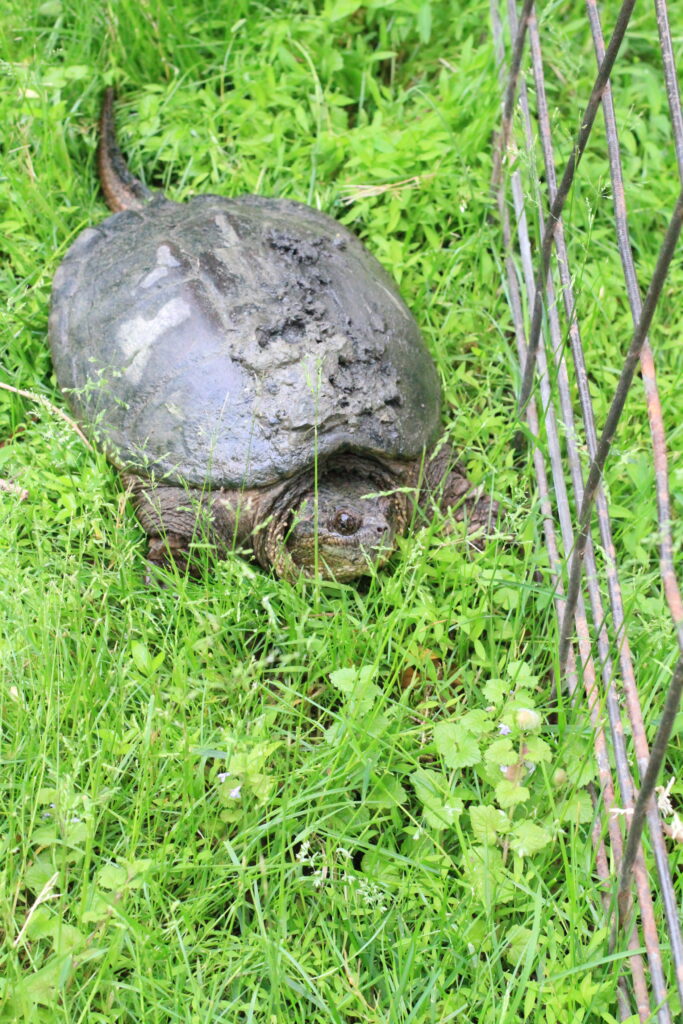
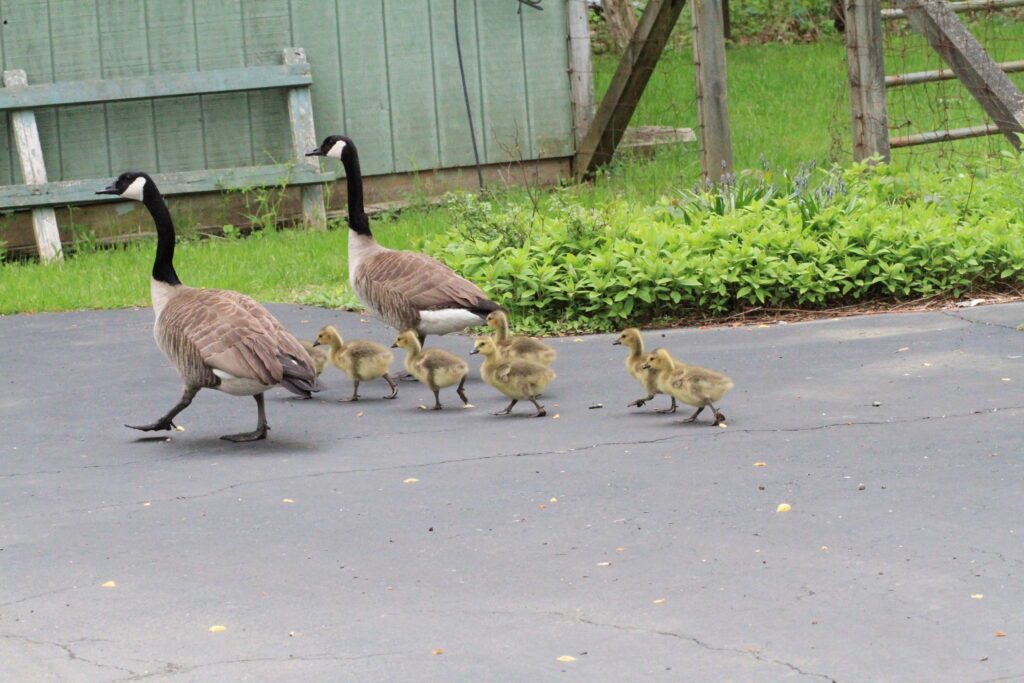
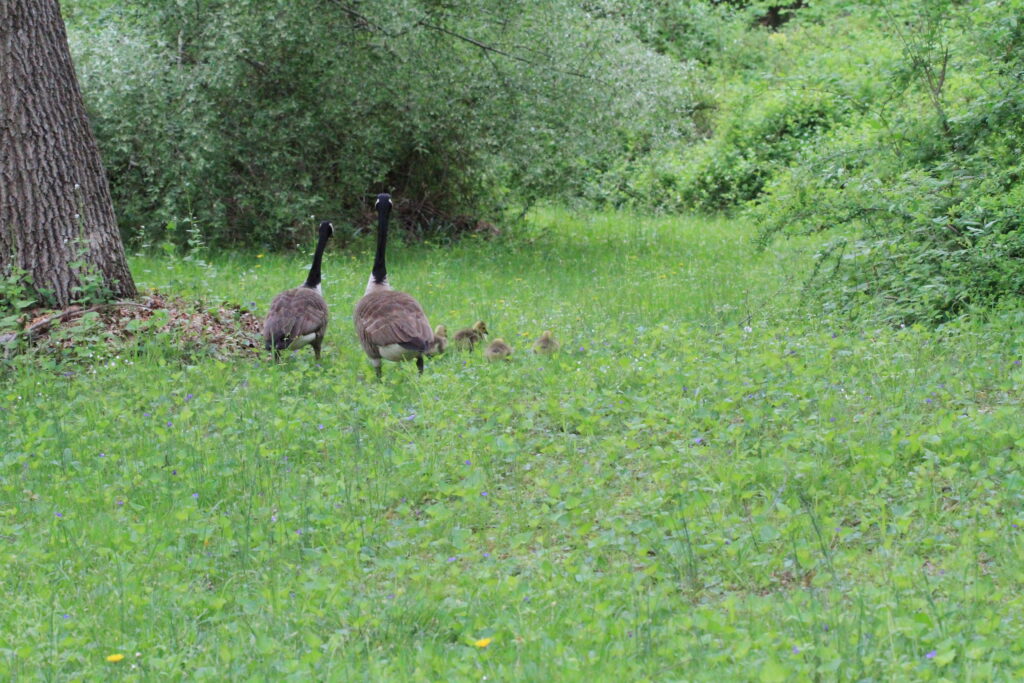
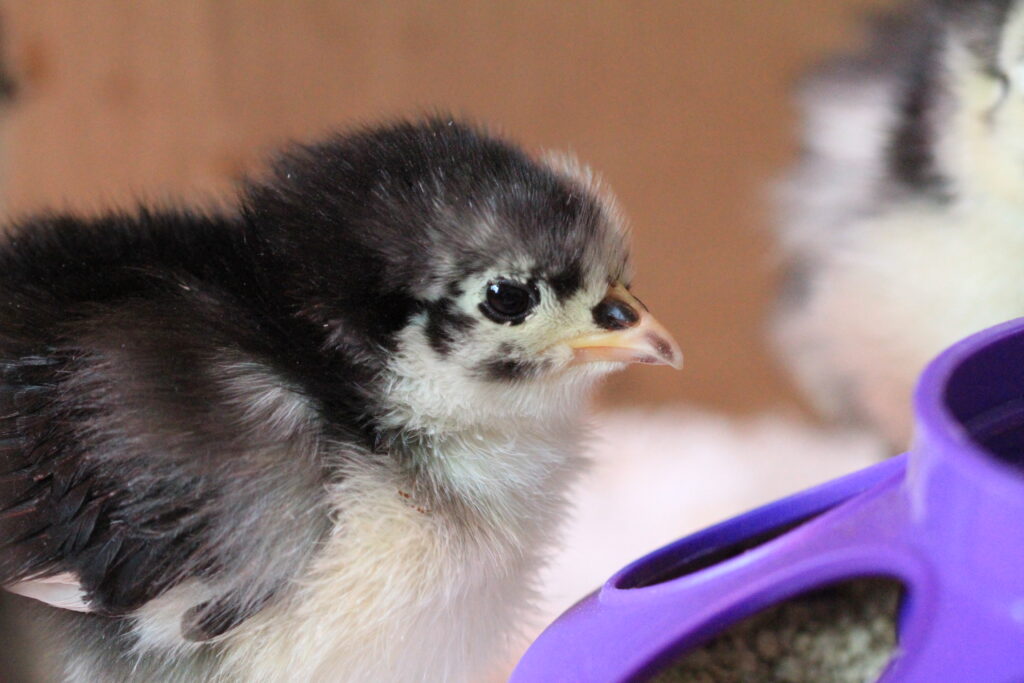
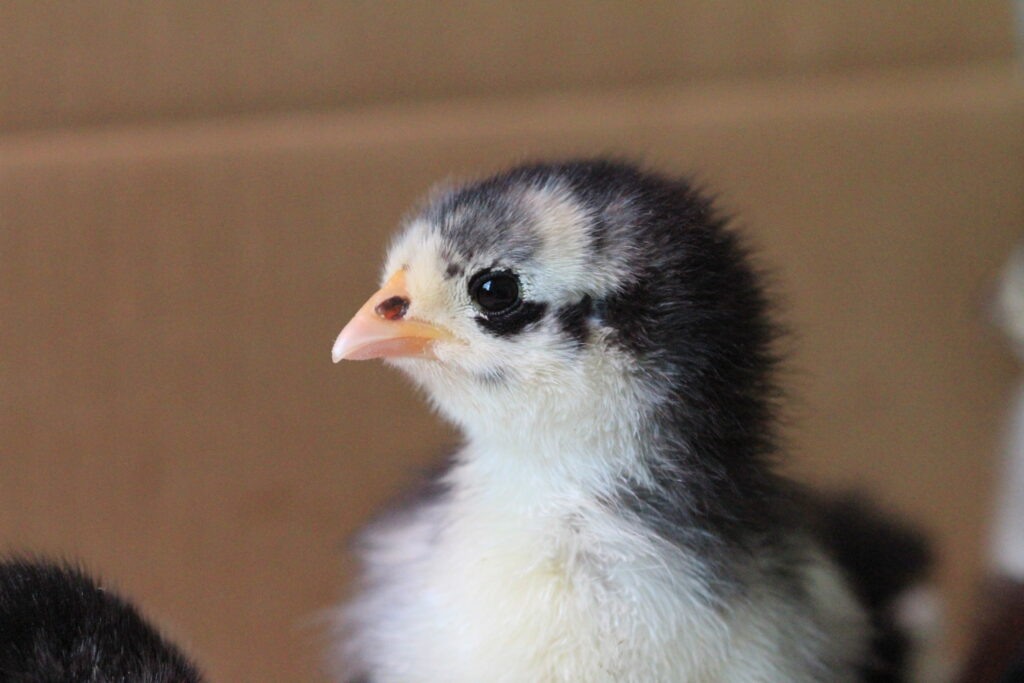
-
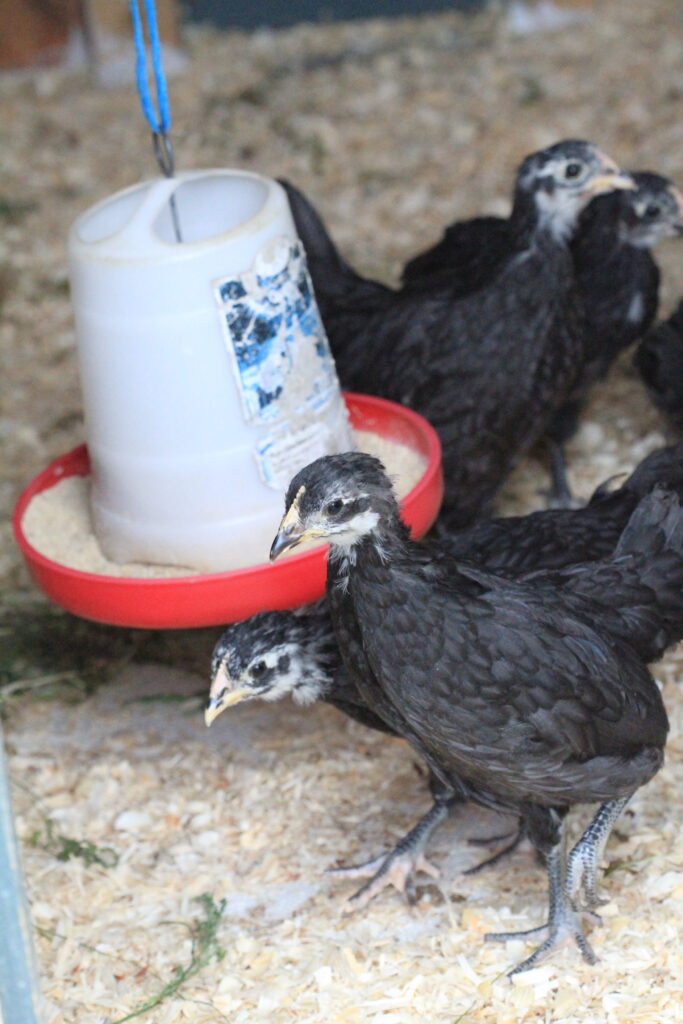
Australorp Chicks ~6 Weeks Old
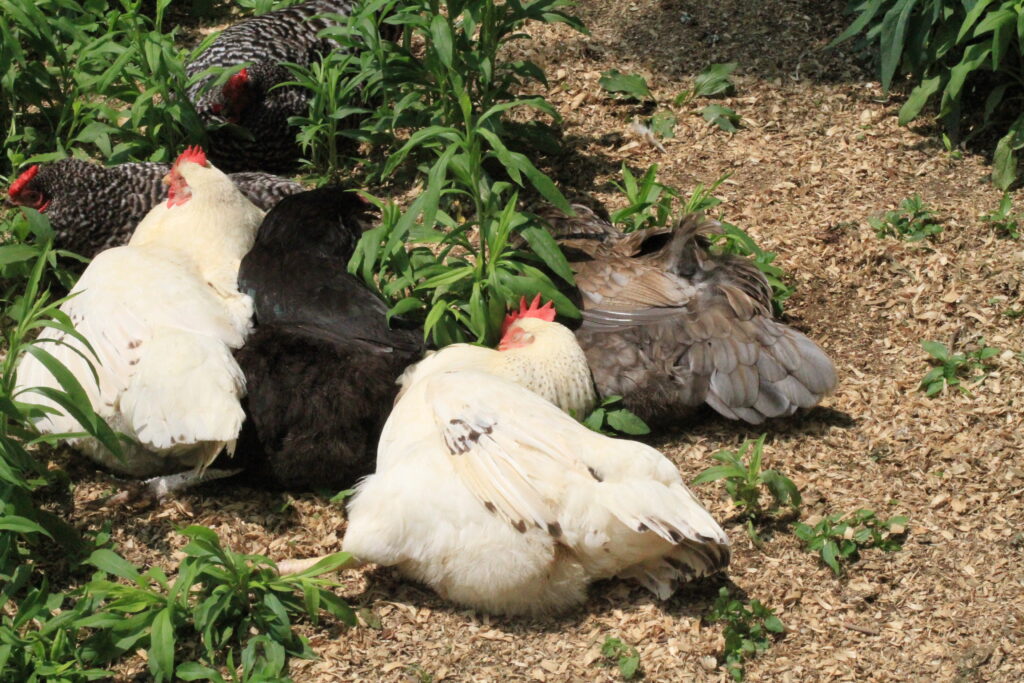
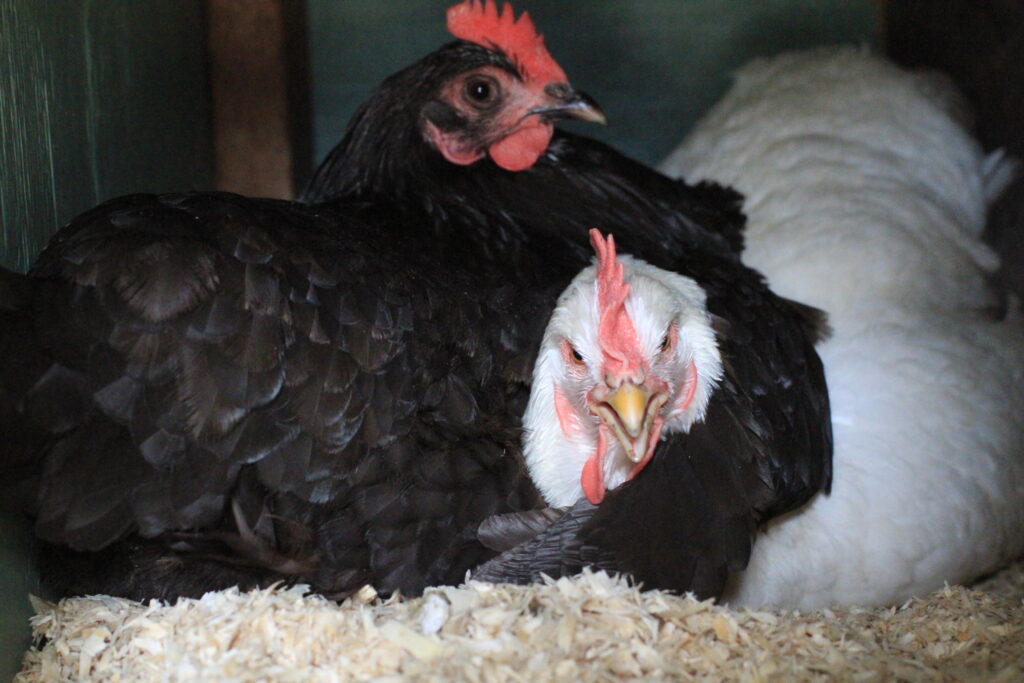
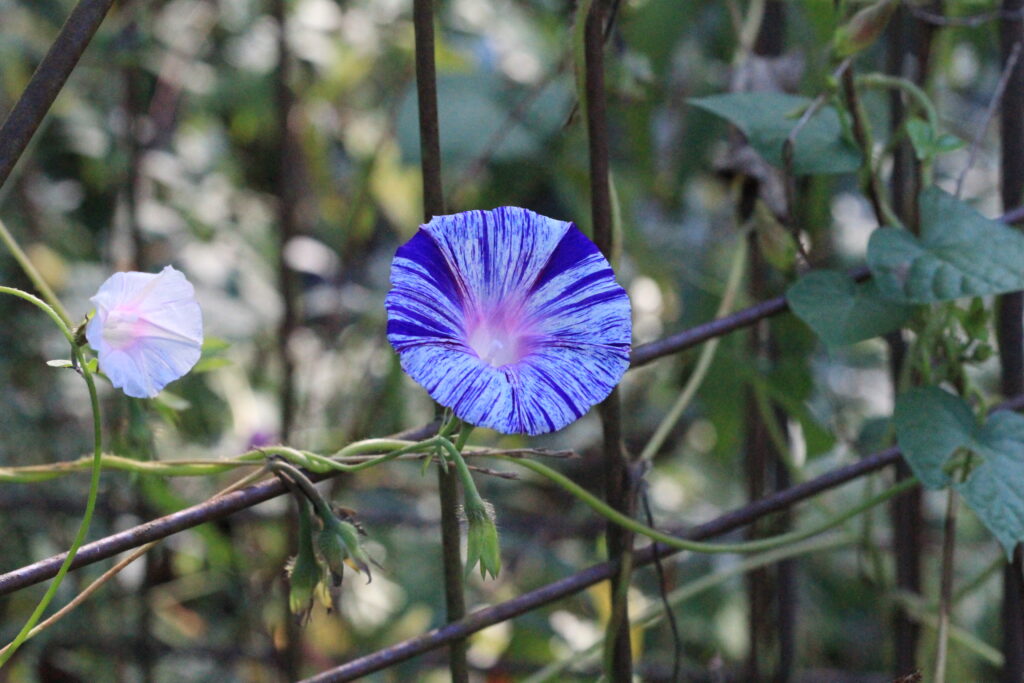
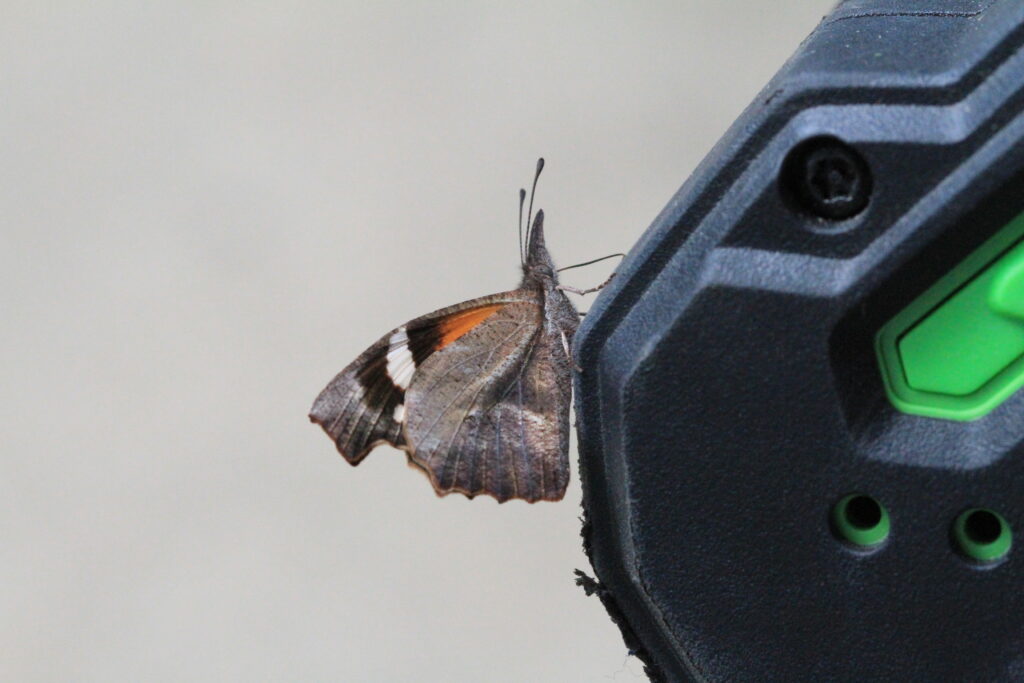
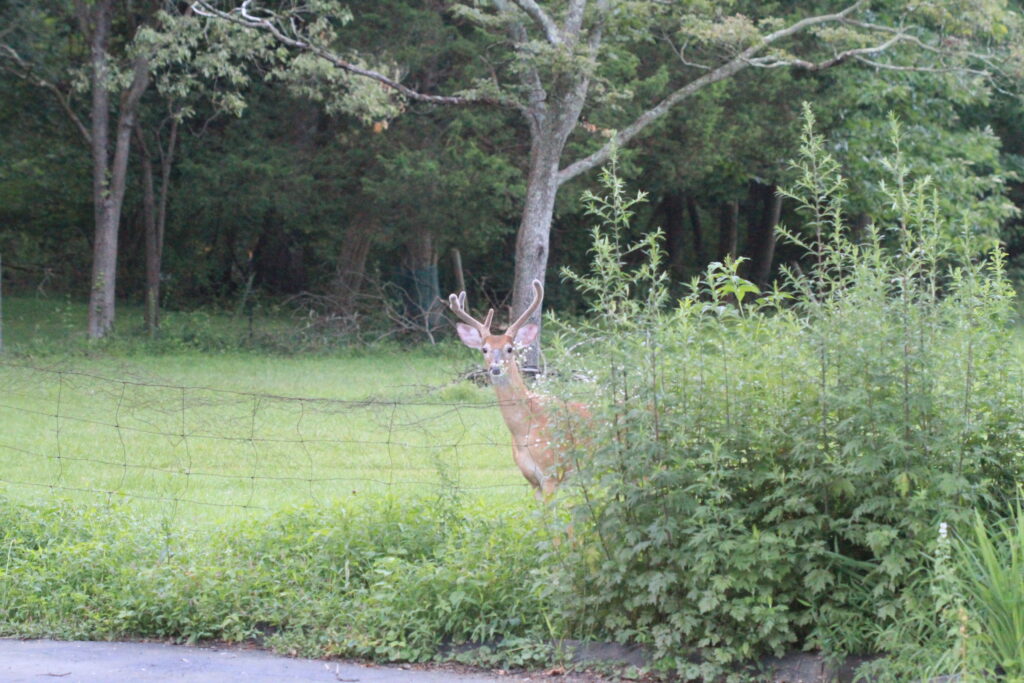
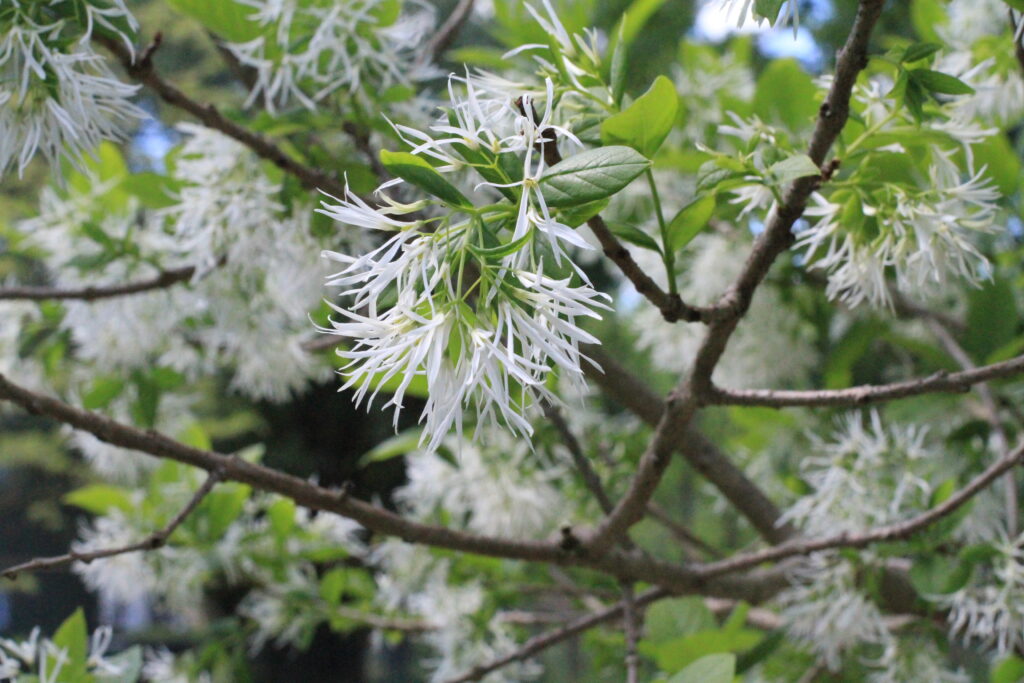
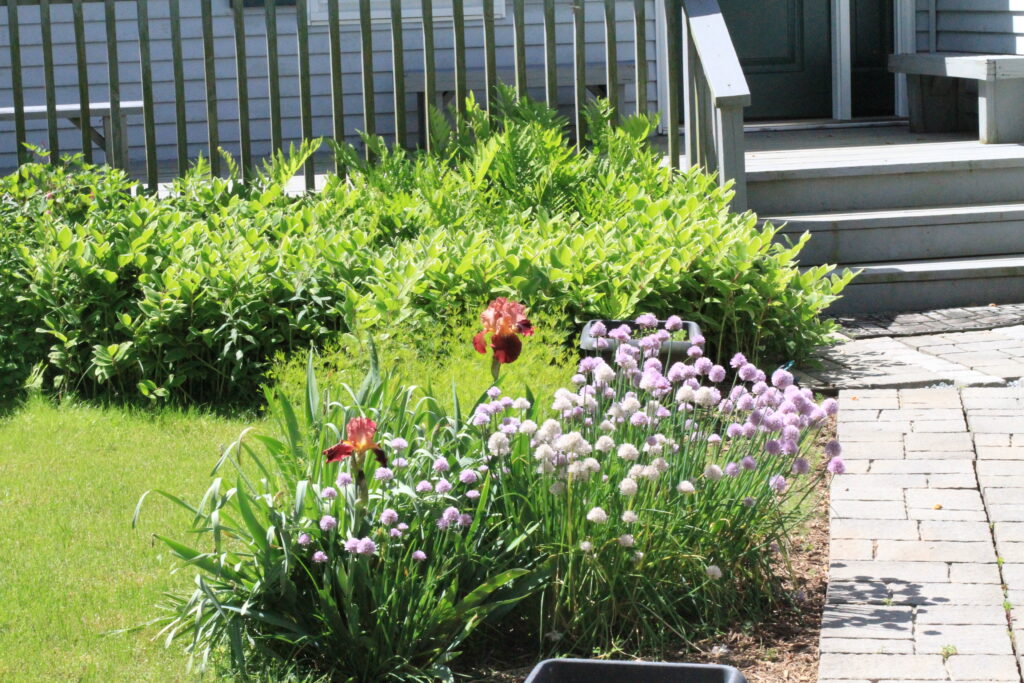
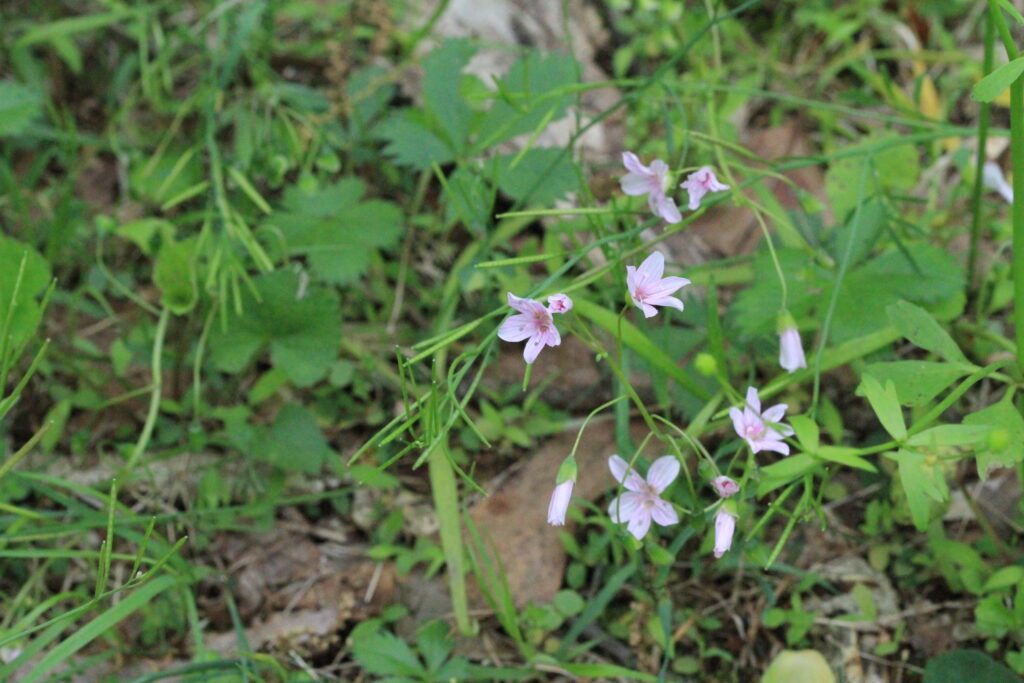
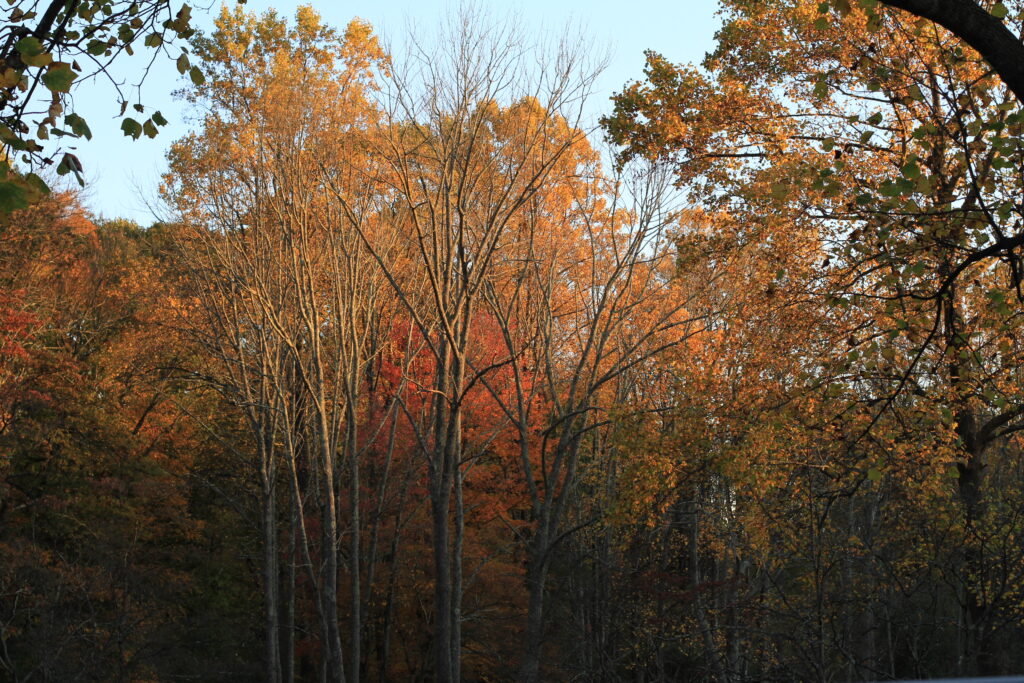
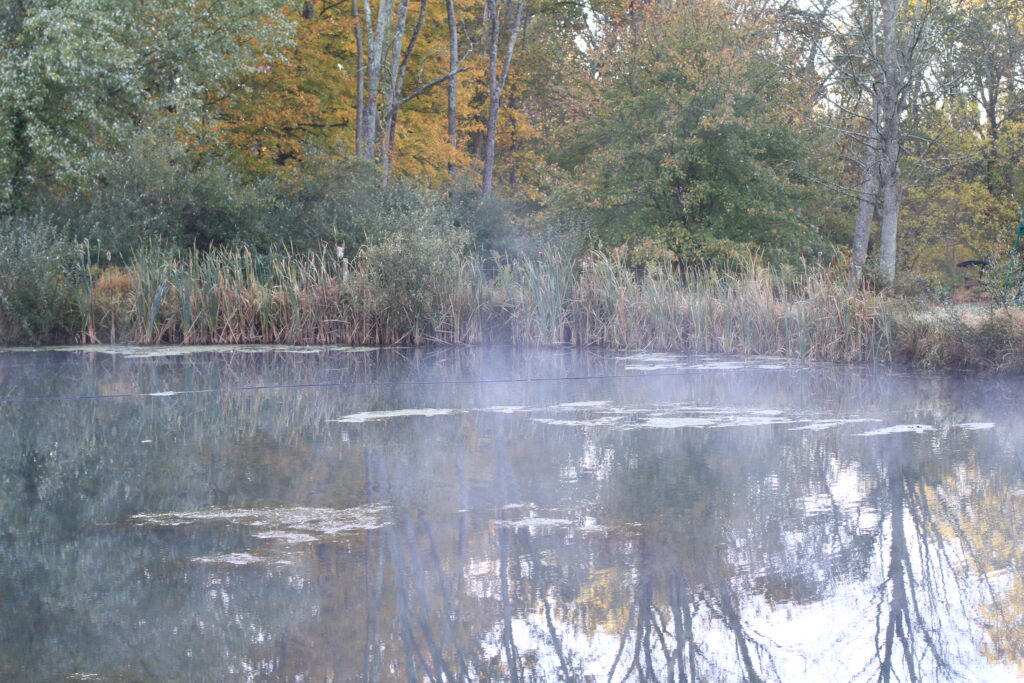
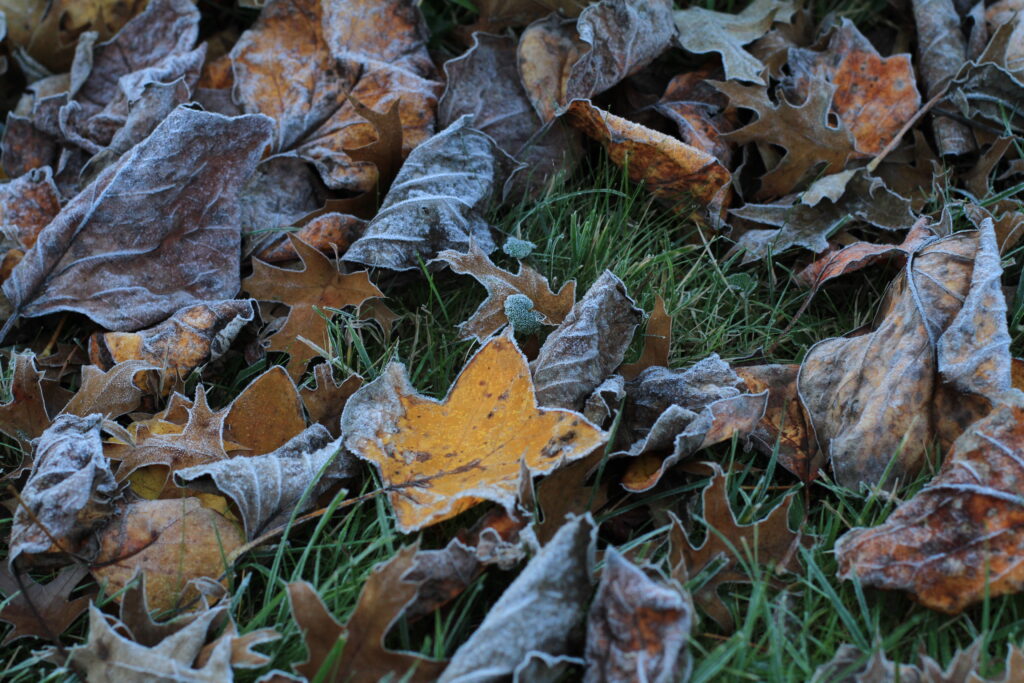
Dancing Waters Farm aka Mostly Mohair
Living with chickens, goats, sheep and wildlife on a small central NJ farm


















































It’s been a busy time for farm and wildlife activities over the last month. The weather has been quite capricious as well. I knew there would be payback for the lovely warm February this year!
On President’s day Regina (Salmon Favorelle hen 3 years old )
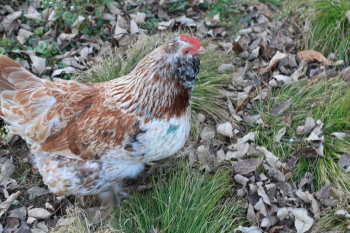
Regina – Favorelle Hen
was pecked on the head so severely by Coq Au Vin (Easter Egger rooster 1 year old)
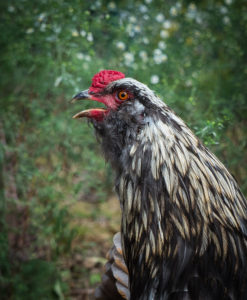
Coq Au Vin – Photo courtesy of
that the skull was visible. She made a full recovery in about 2 weeks which is yet another testament to their healing abilities and tolerance for pain (good old fashion toughness and strong will to live!).
The rooster had been picking on some of the older hens, just warning them away from his favorites, but not anything serious up to this point. My experience is that roosters that lives with a smaller group of hens will prefer them if they are then all released into a larger group. This rooster had been raised with his “sisters” until about 8 weeks when he began to be too aggressive and he was moved to a pastured area with 1 year old hens. After initial dissatisfaction (had to clip his wings to keep him in their area!), he settled in, got on with them very well and they loved him too. I’d never had a rooster attack a hen and cause such a significant wound. I put him in his own area and it was quickly clear that he’d been terrorizing some others as well because they stopped hiding within a few days. I’d thought it was hen disagreements causing the slight dissension in the main group.
Since Coq Qu Vin is very good with people I decided to re-home him thinking that starting off with a new flock he wouldn’t have any prejudices. I found a nice home for him and thought things were going well as there was no word for almost 3 weeks but alas he decided he did not like Buff Orpington hens either and he came home again. He’s in his own pen with a view of the ladies while I decide my next approach. I’m thinking of letting him run loose outside the chicken yard and roost in the greenhouse overnight.
Around the same time one of my Australorp hens broke a thigh bone completely (snapped in half) in two separate spots – one in the center of the bone, one just below the pelvis joint. No idea what happened but she was suffering greatly although she valiantly moved around using a wing to support herself on the bad leg side. She did not make it, the injury was just too severe. Most animals have appetite loss if they are in severe pain which causes them to go down, not the injury itself.
Also a Dominique hen (KFC – so named because she loves “fast food” aka corn) tore a growth off her leg which bled for a long time despite my attempts to stop the bleeding. After a week in the greenhouse with a bandage on her leg she was doing so well that I returned her to the geriatric hen pasture to complete her recovery.
The (presumably benign) tumor on James’s (12 year old Angora goat) throat finally got to a critical stage. He’s had it for over a year and I had a vet look at it soon after I first noticed it. The opinion was that it was inoperable because of the location. So…had not been looking forward to what was going to happen with him over time. The tumor had grown quite large and reached the point where his skin couldn’t stretch any more, bursting open so that he was draining fluids from the opening continually.
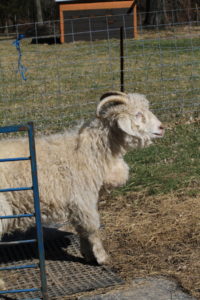
Since fly season was approaching and he was clearly not feeling good I decided to have the vet try to remove the tumor, knowing that there was a good chance he might not make it through the surgery. A big snowstorm was expected (>2″ predicted) and the vet wanted to do it the day of the storm as all his other patients had cancelled and he could focus on the difficult procedure. So… James went to the Vet the night before the storm and while my entire day was spent shoveling James surprised all of us by surviving the surgery in great shape.
He spent 5 days in the garage at night and in a stall in the barn during the days so he could be easily monitored in a sheltered, more sterile area. He has progressed nicely and is happily re-united with his brother out in his regular pasture. I still have to borrow the staple remover from the vet and take all the staples out but hope to do this early next week. His voice is normal again but he’s still coughing and choking more than normal. Hopefully that will slowly improve as all the muscles in his neck and throat heal.
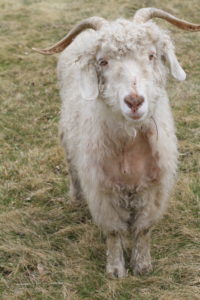
Of course he had to give me a good scare the other night. I went out to do the evening feeding and couldn’t find him. Finally I see him on the ground at the far end of a remote pasture. I call to him and there is not motion so I start running and I can’t tell he’s alive until I touch him. Then he shifts his eyes to look at me pleadingly but patiently. He had managed to get tangled up in the electric net fence intended to keep the boys from knocking heads with the girls through the main fence. There was no electricity involved, it was just being used as a visual and soft physical barrier. He was perfectly fine after I got all the wires off his horns and front legs although he was grinding his teeth (normally a sign of pain) and for a bit I thought the plastic wires had sawed into his skull at the base of the horns. Thankfully the wires were only caught on an imperfection on his horn. Needless to say this means they won’t be using that pasture again until I can work out a better barrier. Unfortunate as it has better grass than their “home” pasture and they had been using that pasture with that fencing for months now without issue!
At the end of March a baby bunny (eyes still closed) was found on the main path into the chicken yard with one eye pecked partially open and a large wound on it’s back. Since the bunny was very cold it was brought into the house to be re-warmed. There was no sight of a nest even after repeated attempts to locate one so the bunny stayed in the house while I put a game camera up over night to locate the nest.
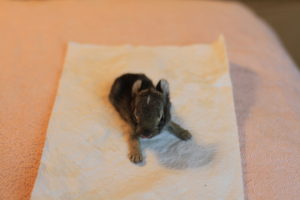
I was able to use the game camera pictures to find the bunny nest after a few tries. There were two more rabbits in the nest also with pretty full coats and eyes closed, ears down (thus <a week old). They were in the compost pile which was pretty wet due to the recent rain and full of goat poop and smelly hay as this is where the mess from the barn ends up. I imagine this was the only place the mother could dig since the ground was snow covered from the 14 inch snow we received the week prior and the lack of any real warmup to significantly melt the snow since then. It has been the second incidence of a 60 degree day followed by a significant snowfall this year.
It was safe in that it was a fenced area with electric lines around it but not safe for baby bunnies wriggling out of their nest and attracting chickens looking for snacks. The short version of events is that after several attempts to reinforce and better water proof the nest, the mother wasn’t able to find them (even though it was in the spot she had put them in) and the injured one as well as another kept escaping from the nest and striking out for parts unknown. Since they were escaping through the fence around the compost pile there was no way to ensure their safety during the day (chickens) nor a way to keep them safe from Mother Nature at night in between feedings by their mother IF she could find them.
Unfortunately rabbits are very difficult for people to raise. They require a formula that is very high in fat and protein (not even goat’s milk at 43% fat is sufficient, cow’s whole milk is 5%) plus the killer issue is they must eat a bit of their mother’s night time poop preferably every day. Yes, there are 2 kinds of rabbit poop – dry pellets and a smelly, gooey kind they do at night. Fresh poop is needed in order to inoculate their intestines with the proper bacteria to digest the fiber in greens (grass, etc.). Without rabbit poop in their diet they will quickly die once they start eating greens. So if you don’t own a rabbit or know someone nearby with a healthy domestic rabbit and are not willing to spend $60 for the proper formula, orphaned baby rabbits are history. I had been keeping the injured bunny going on goat’s milk since that was the highest fat and protein milk I could easily find and had been hoping to get the orphan back into it’s nest ASAP. Keeping the bunny warm and avoiding dehydration were my main goals.
Once I decided I couldn’t keep any of them in their nest, I started looking for a wildlife rehabilitator that handles rabbits. The NJ Association of Wildlife Rehabilitators provides a list of NJ state licensed rehabilitators on their website. Luckily Woodlands Wildlife Refuge is located fairly close to the farm and they rehabilitate rabbits. I talked to them and they agreed the situation here at the farm could not be remedied so I dropped the bunnies off for them to raise. The bunnies opened their eyes the evening before I dropped them off and they weighed 1.8 (the injured one) to 2.1 ounces! Their eyes typically open at about 7 days. The injured bunny had healed very well and the injured eye completely opened a day before the other eye. It might end being blind in the eye that got pecked, too early to tell but it looked clean and healthy at the time I dropped the bunnies off at the rehabilitators.
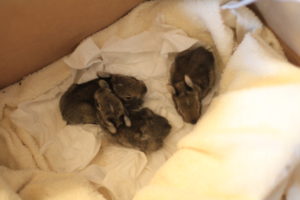
If you are interested in knowing more about raising orphaned rabbits and general information on their unique needs and growth benchmarks there is an excellent website created by Ron Hines (a vet) who covers health topics on both domestic pets and common wildlife rescue info. The injured bunny really touched my heart because it had such a strong will to live and was able to accommodate all the changes in it’s short life: learning to drink from a syringe and have it’s butt rubbed with a q tip (to encourage it to go) vs the way mom did it, a strange place with strange smells/ sounds and all while blind and in pain. Maybe the bunny thought mom had made a very poor choice of nest location and was determined to improve it’s life even at 4 days of age!
A pair of Buffleheads had been on the pond for months, with an occasional extra male visiting from time to time. When I went to clean out the pond overflow drain the male did a fly by quite near me several times making me think they might be nesting nearby. They are cavity nesters using old Flicker or Red Bellied Woodpecker nests of which there are lots to choose from in the trees on the east side of the pond. However, they disappeared shortly after that and haven’t been seen since Feb.
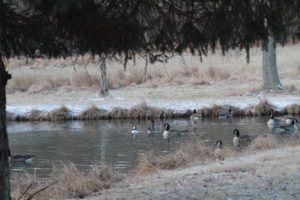
More recently a group of Ring Tailed ducks were out diving on the pond. Their is also a pair of Mallard’s that have been here all winter. The female has a bum leg which may be why they haven’t moved on.
When I bought the farm in 1997 there was a large dish antenna located near the side of the house. I managed to remove the dish and find someone who wanted it not too long often moving in but after numerous attempts to use the metal support pole for “something” I realized it had to go. Another example of how much things have changed in 20 years!
Last year I started digging around the concrete footings to scope the extent of the project. Needless to say I ran out of time as I was trying to put up a new fence around the vegetable garden and that had to take priority. Since the weather in Feb, was so lovely, I returned to the task. After I got down to over three feet, it finally dawned on me that even if I could get it completely uncovered there is no way I would be able to get it out of the hole and moved somewhere, not to mention where/how to get rid of it. I tried whacking the concrete with a sledge hammer for awhile and concluded this approach would work but I’d be nearly 80 years old before I’d finished. On to the next plan.
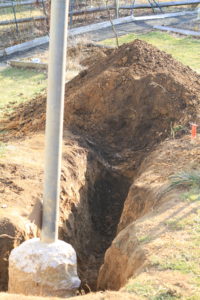
I decided to dig a trench, push it over horizontally and then cover it with dirt. Being buried under three foot of dirt would get it out of the way and wouldn’t get in the way of planting things over it. This plan also hit a snag as it turned out that there were two reinforcing rods that extended well past the bottom of the concrete foundation! After several attempts at pushing the concrete and pole over it had bent the metal rods enough that I could hacksaw through them. Success at last as the foundation and pole slowly bent over and into it’s trench grave! It only took about 45 hours of hand shoveling and 30 minutes sawing to see this amazing sight! The trench has been refilled, three blueberry bushes are planted on top and one end has sprouted grass. Definitely a project only a crazy person would have done themselves by hand!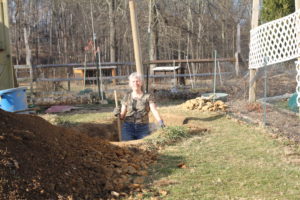
On to snowblower and lawn tractor repairs!
Save
Save
Save
Save
Save
Save
Save
Save
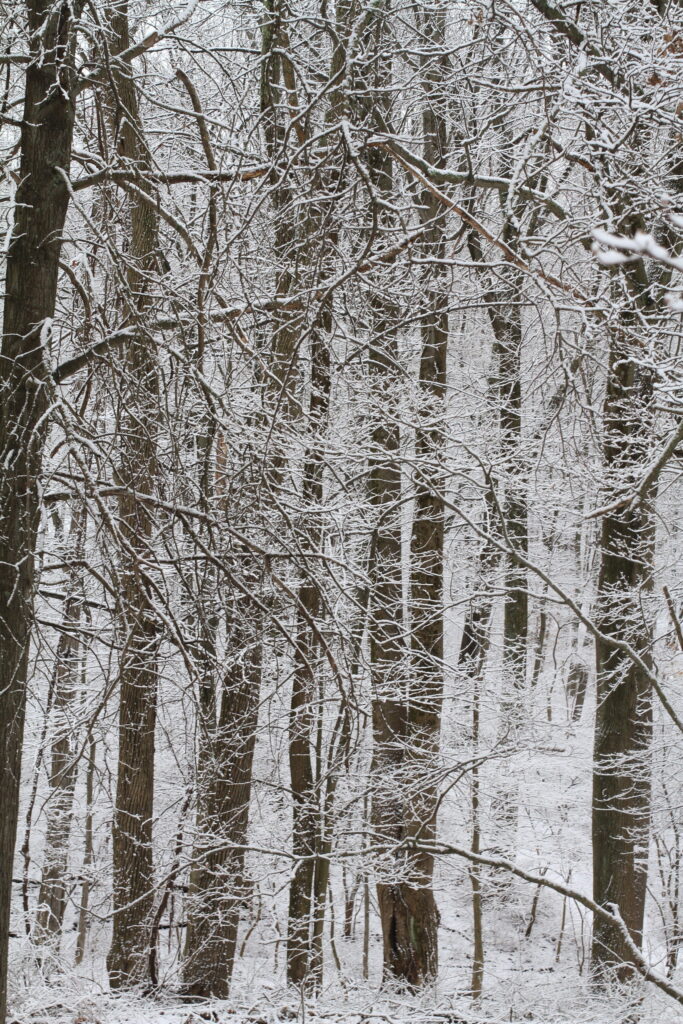
Wet Snowstorm
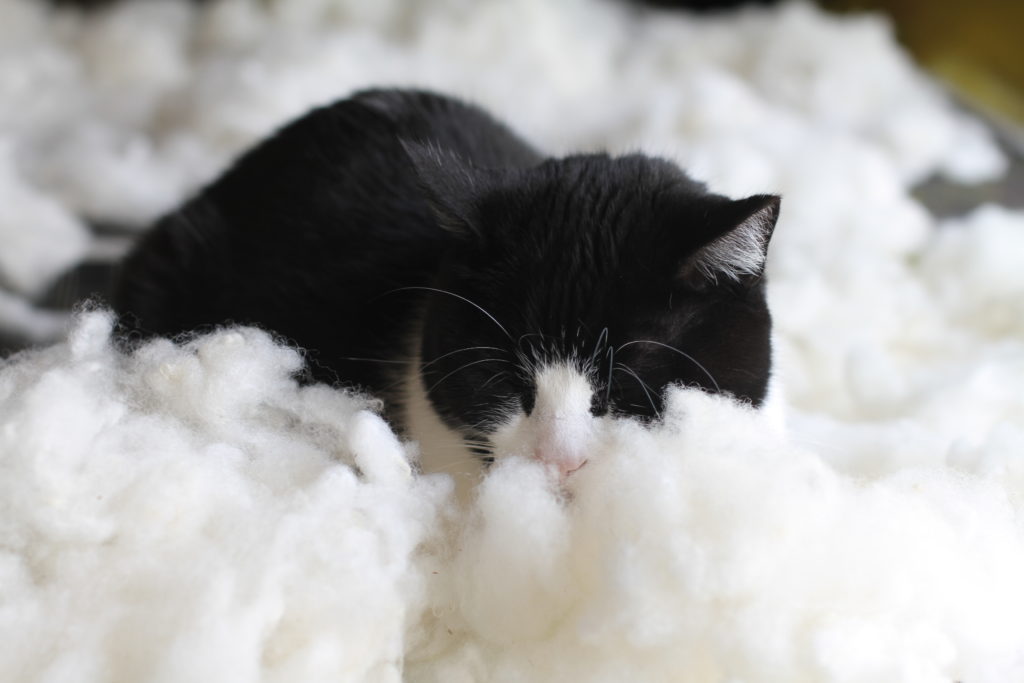
Ozzie Sleeping on Washed Shetland Fleece
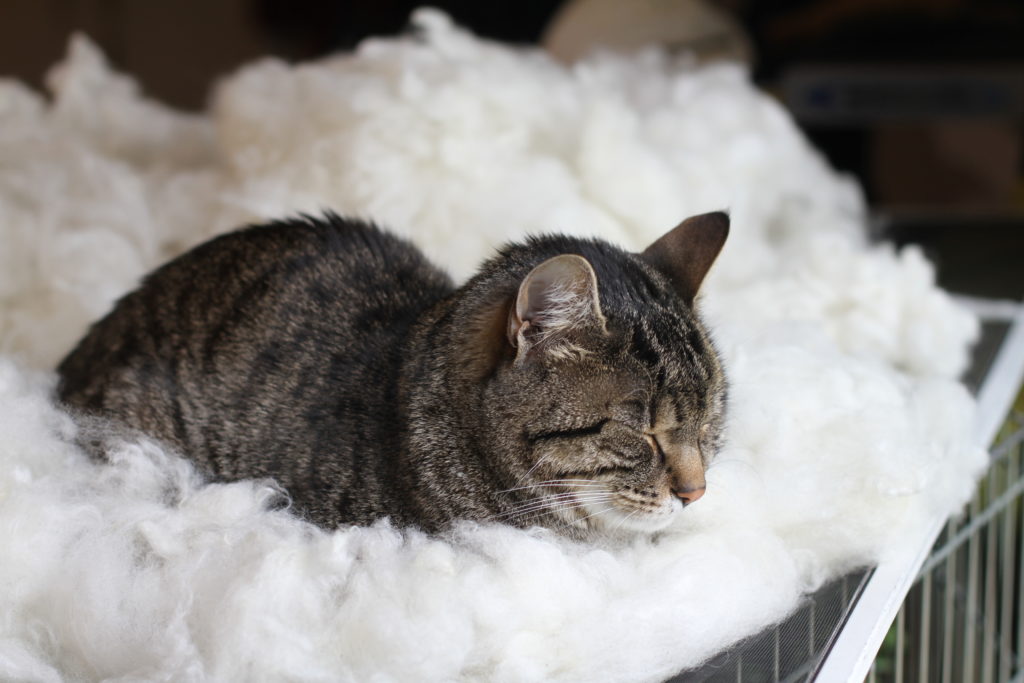
Jasper on Washed Shetland Fleece
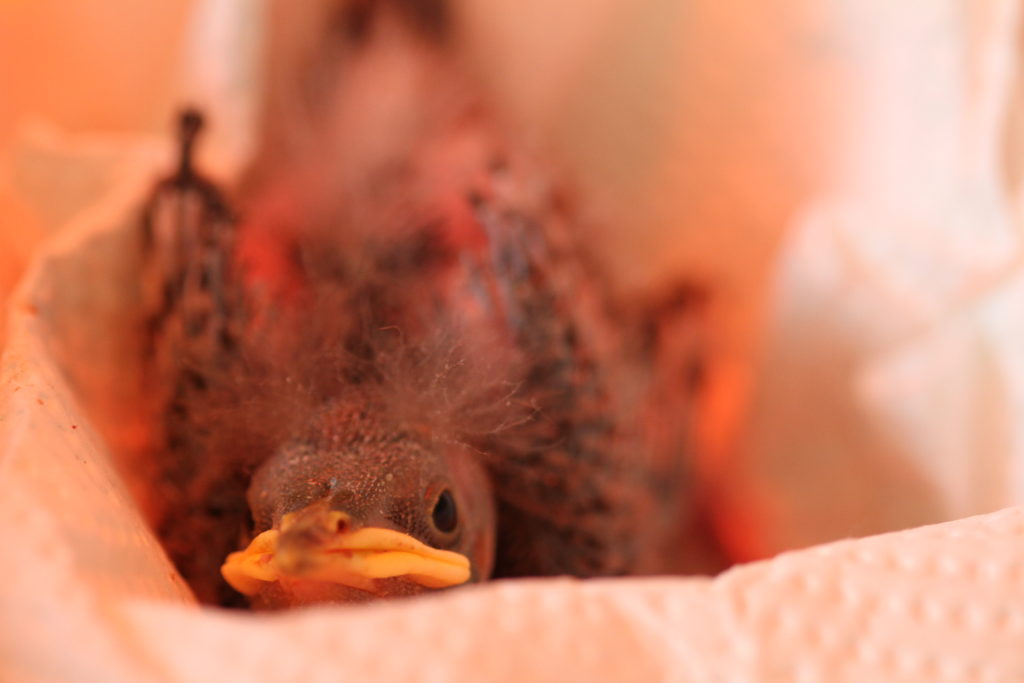
Fuzzy First Day Found (~4 days old)
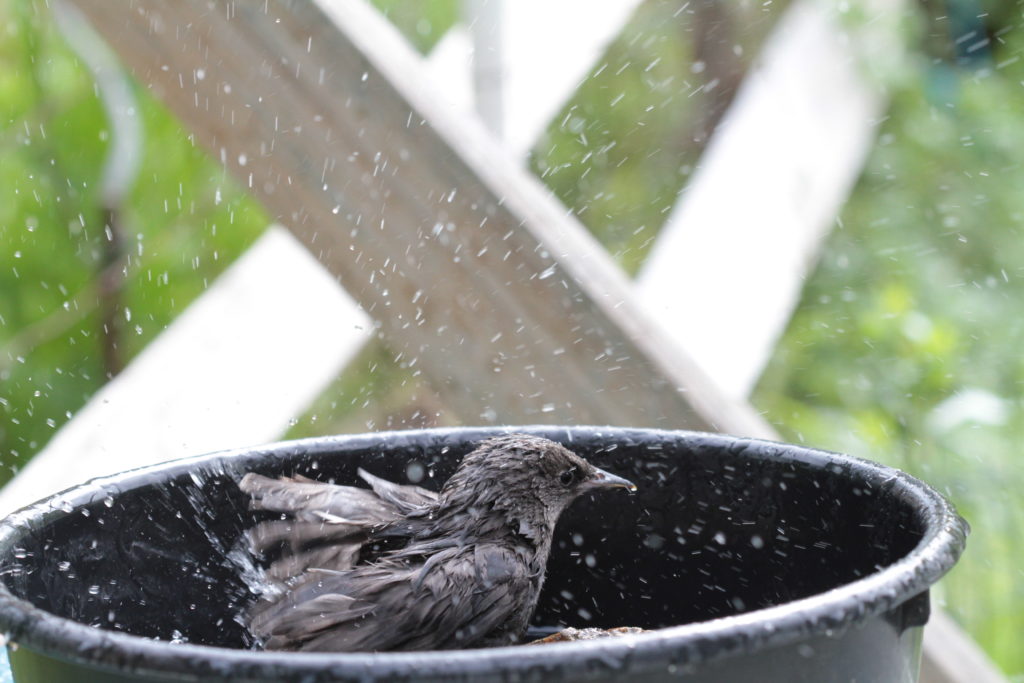
Fuzzy Taking a Bath
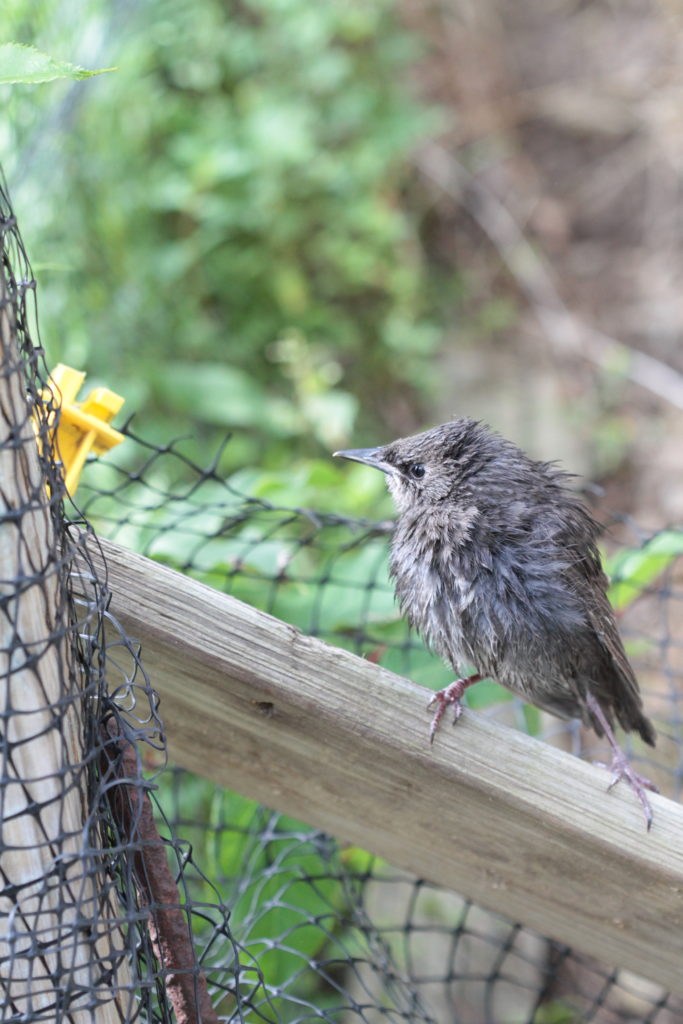
Fuzzy After Taking a Bath
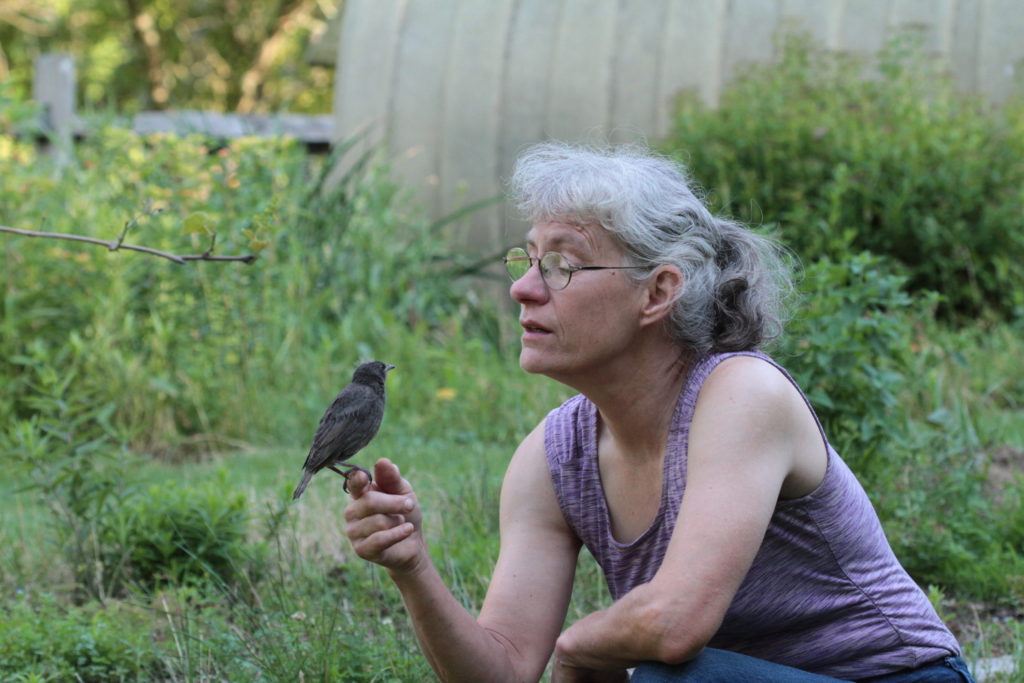
Fuzzy talking to Andrea
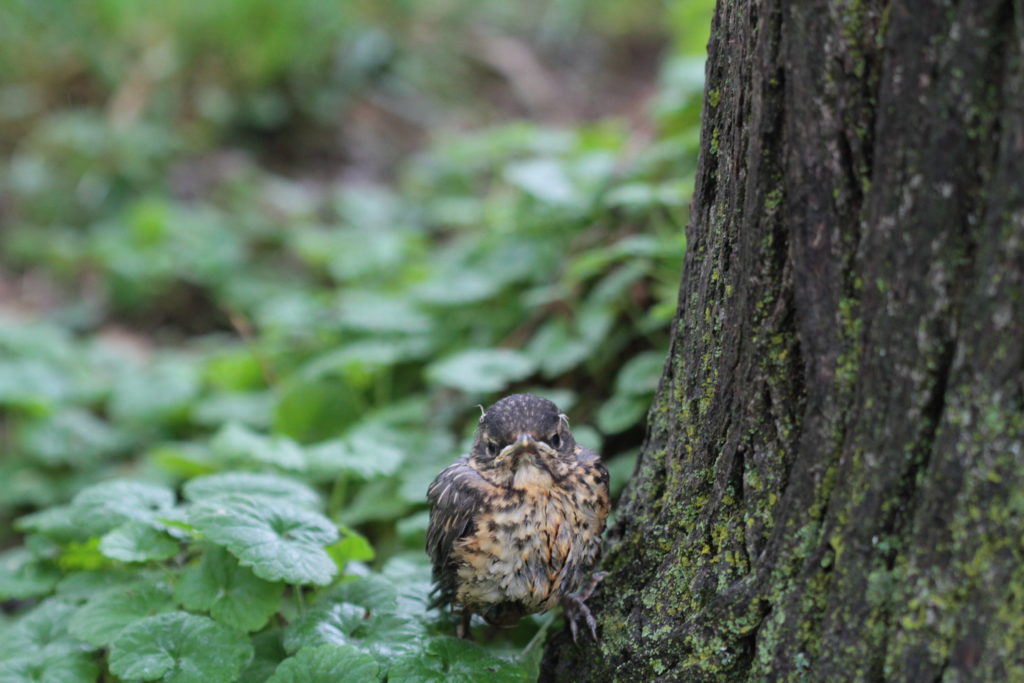
Soaking Wet Baby Robin Day of Fledging
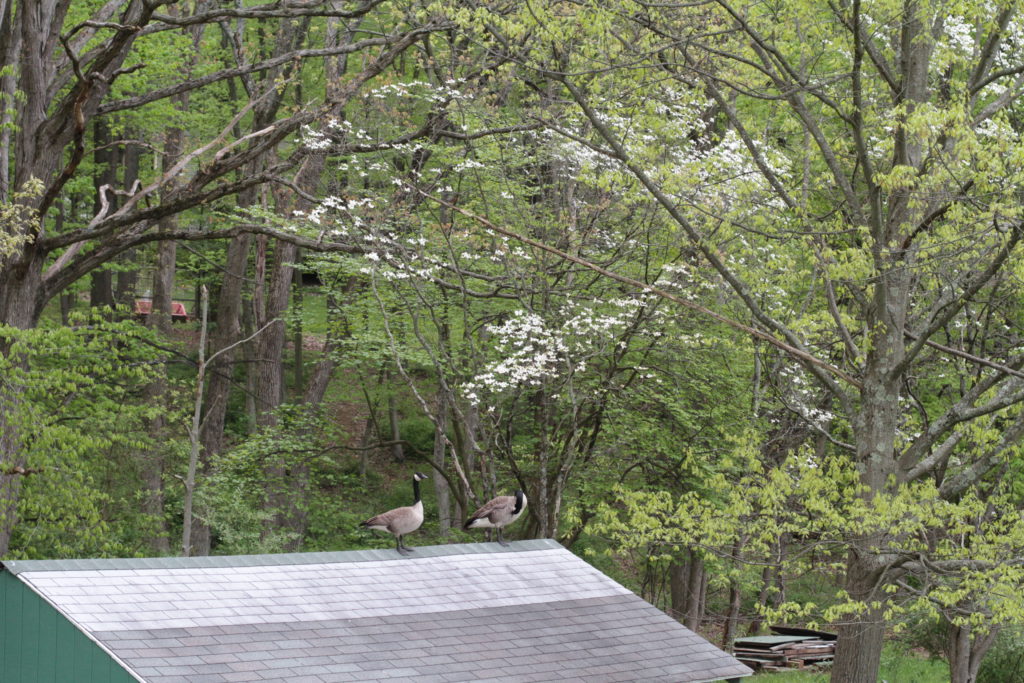
Geese on Shed Roof
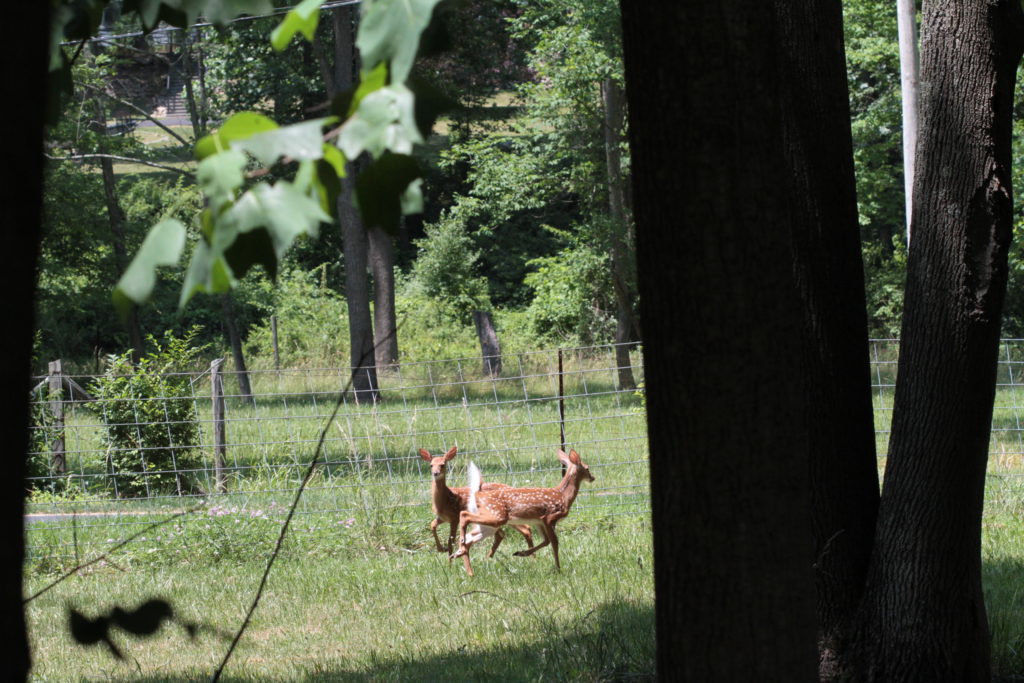
Twin Fawns in Buddy’s Pasture
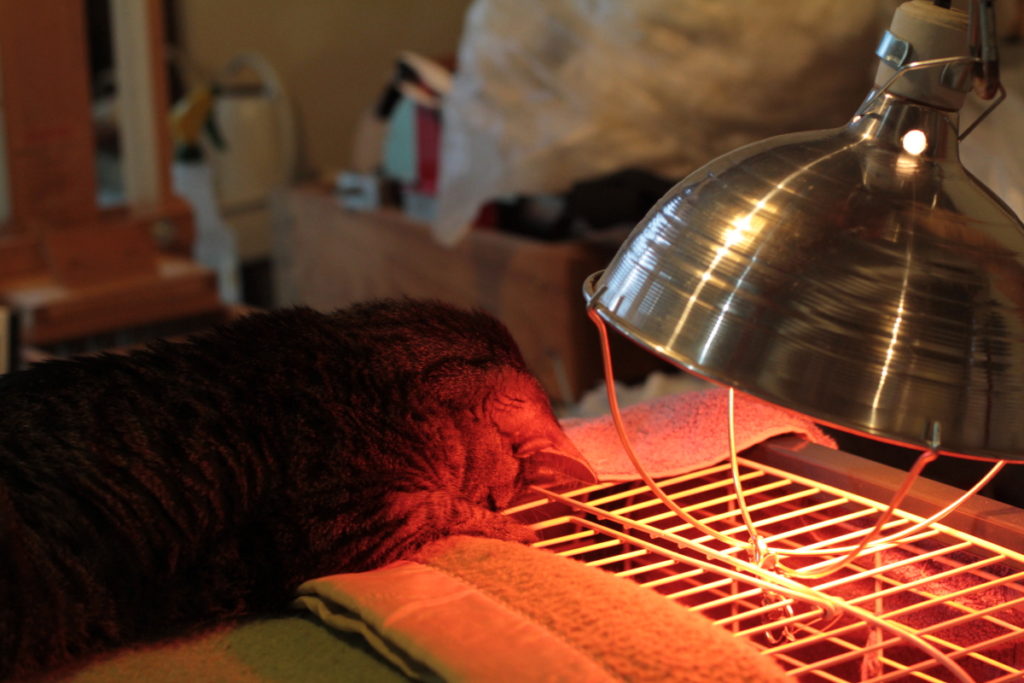
Jasper Supervising Baby Chicks
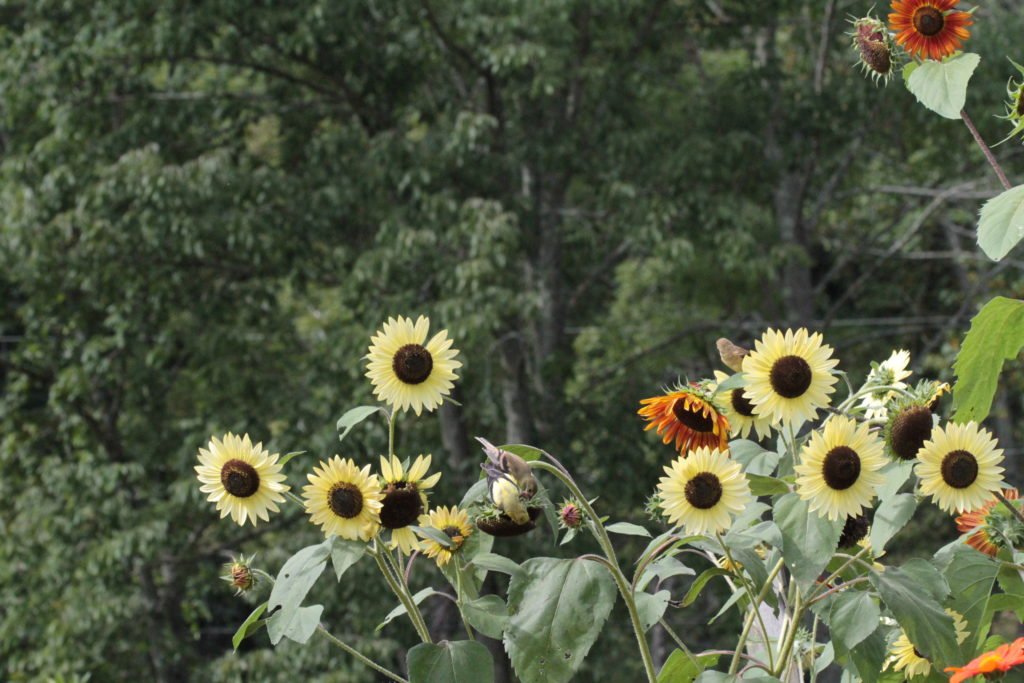
Goldfinch Family Learning to Eat Sunflowers
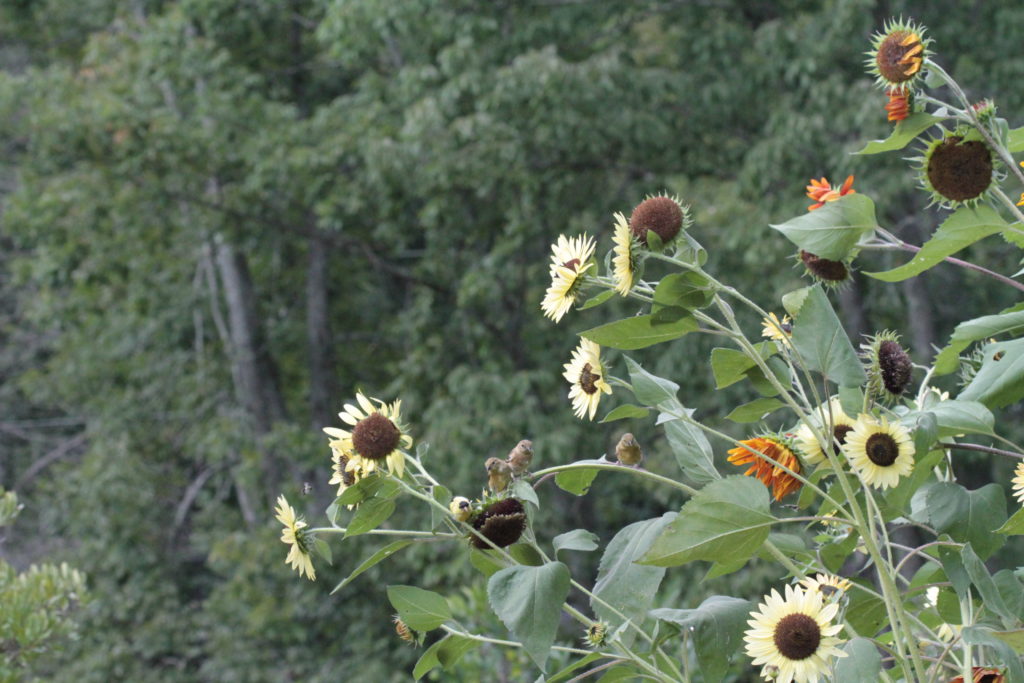
Goldfinch Family on Sunflowers
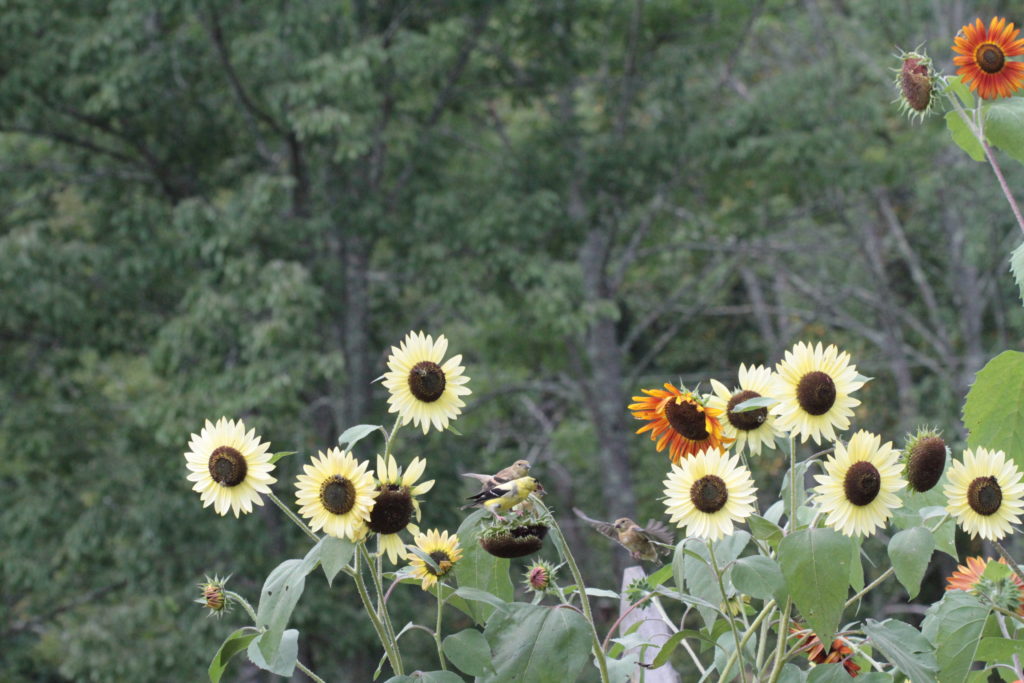
Goldfinch Family on Sunflowers
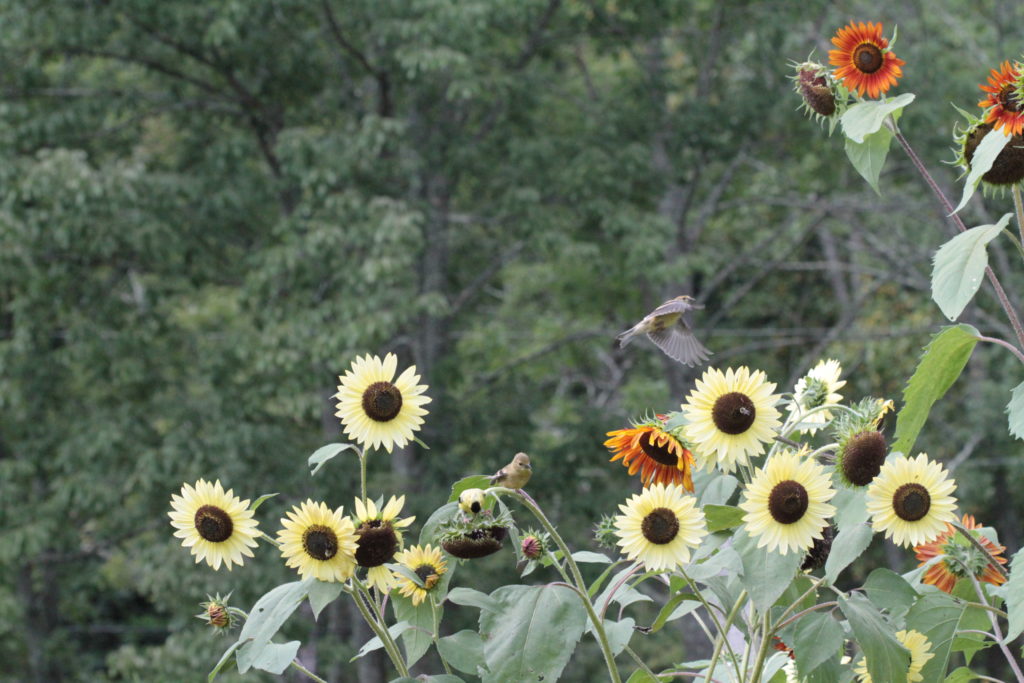
Goldfinch Family on Sunflowers
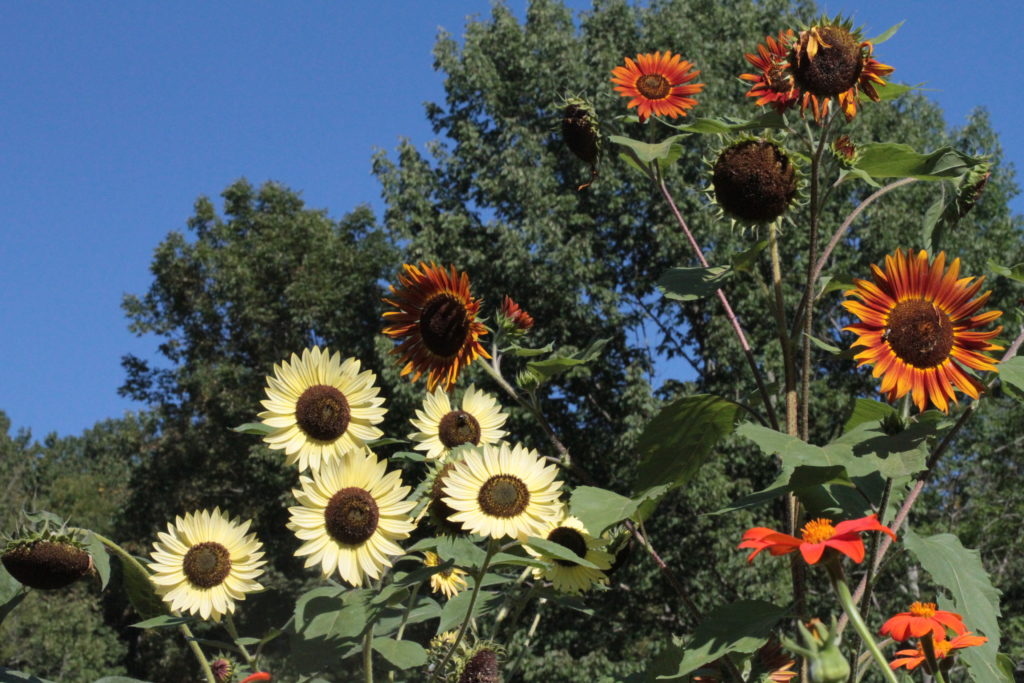
Sunflowers
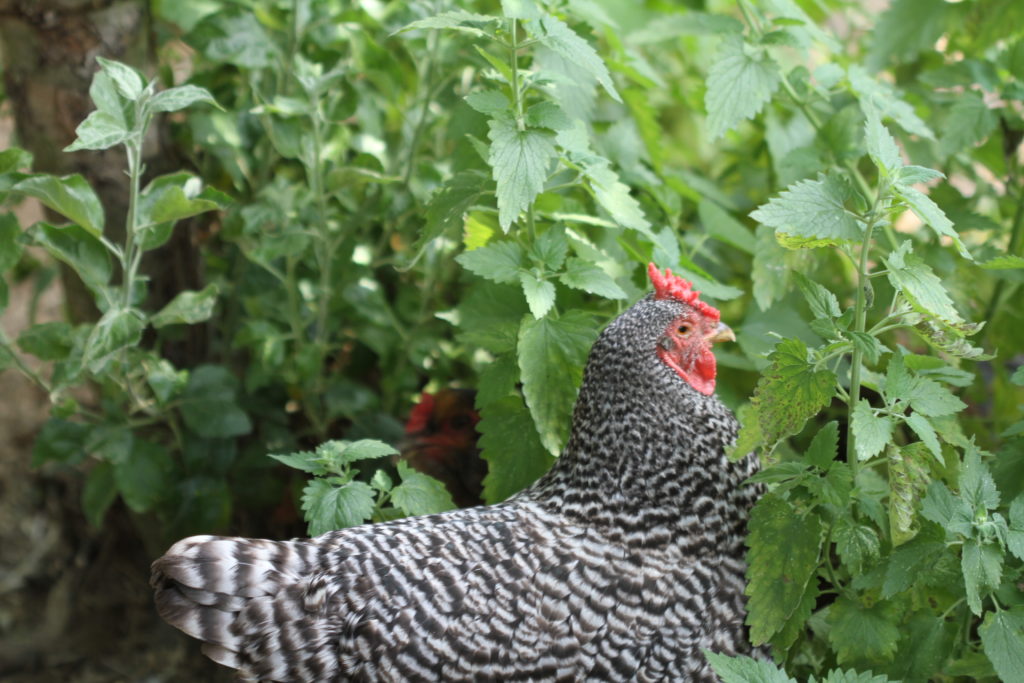
Dominique Hen in Catnip
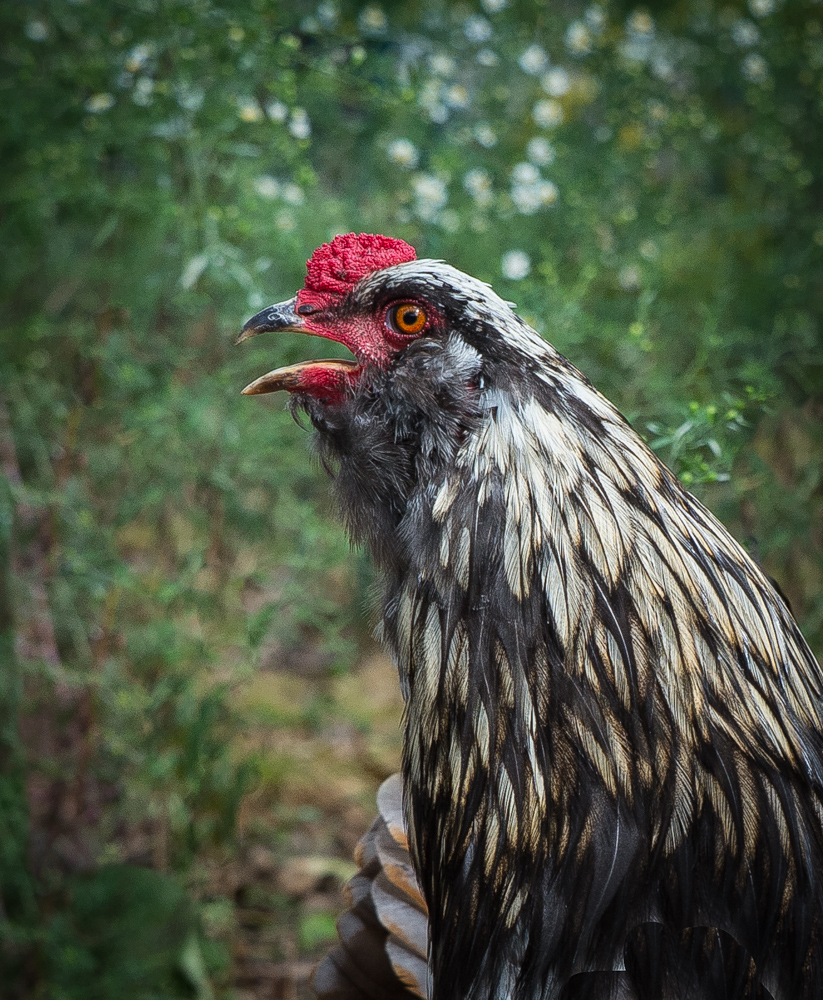
Coq Au Vin – Ameraucana Rooster (Photo Courtesy Alice Su)
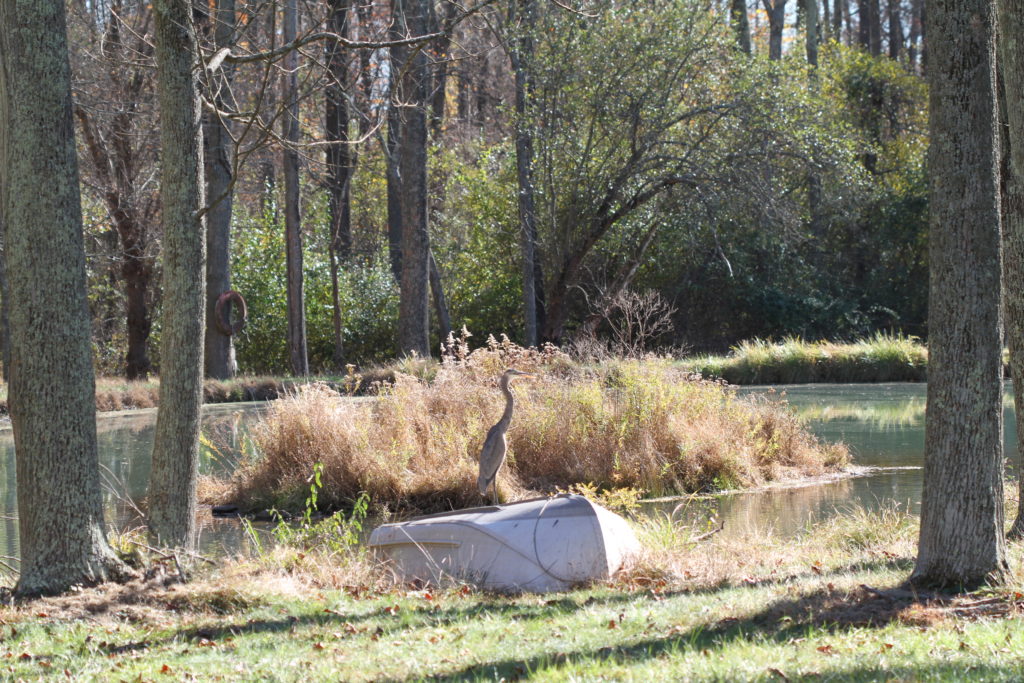
Blue Heron on Rowboat
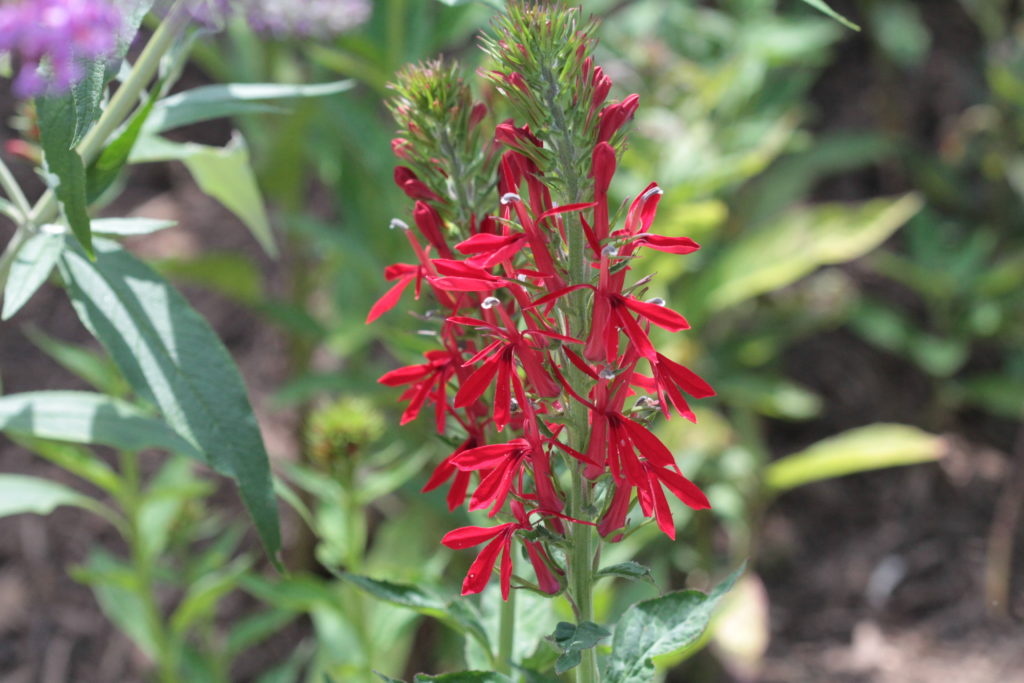
Cardinal Flower
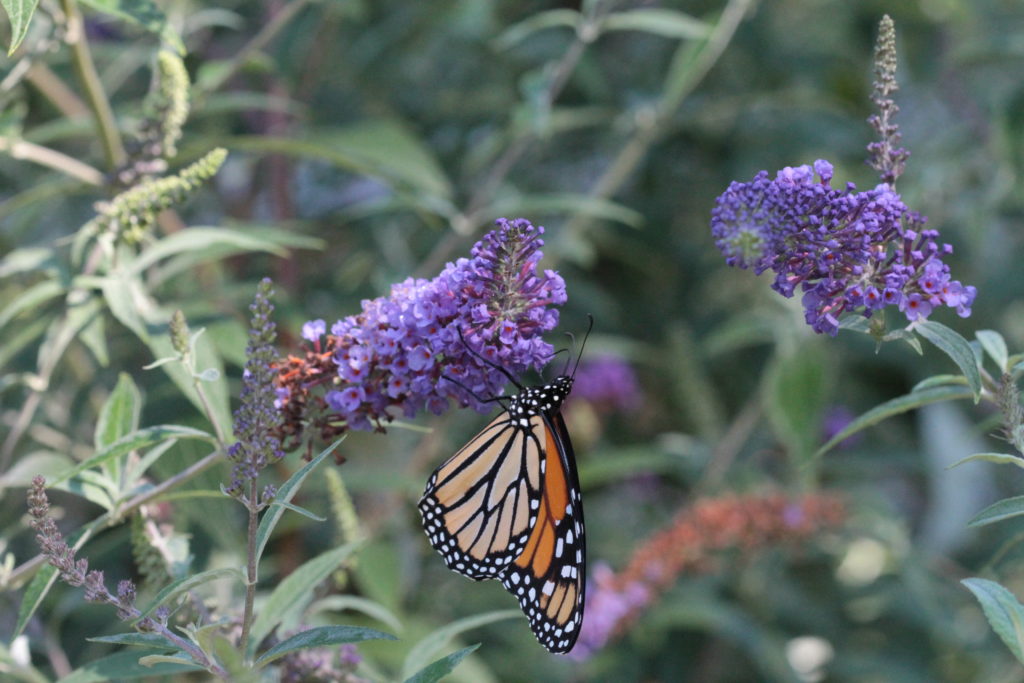
Monarch Butterfly
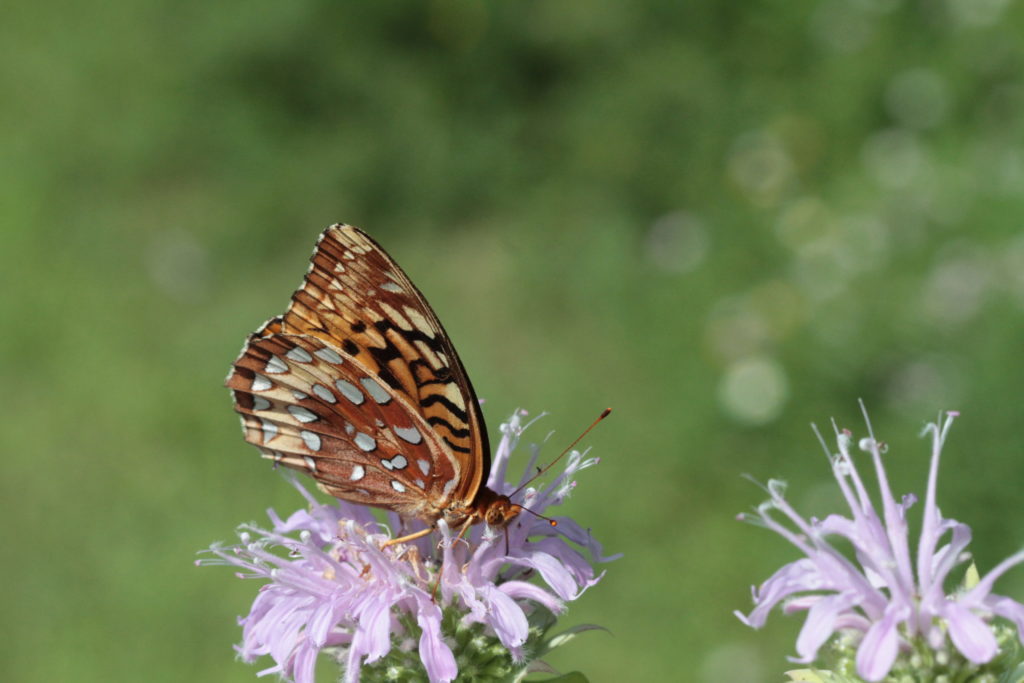
Great Spangled Fritillaria
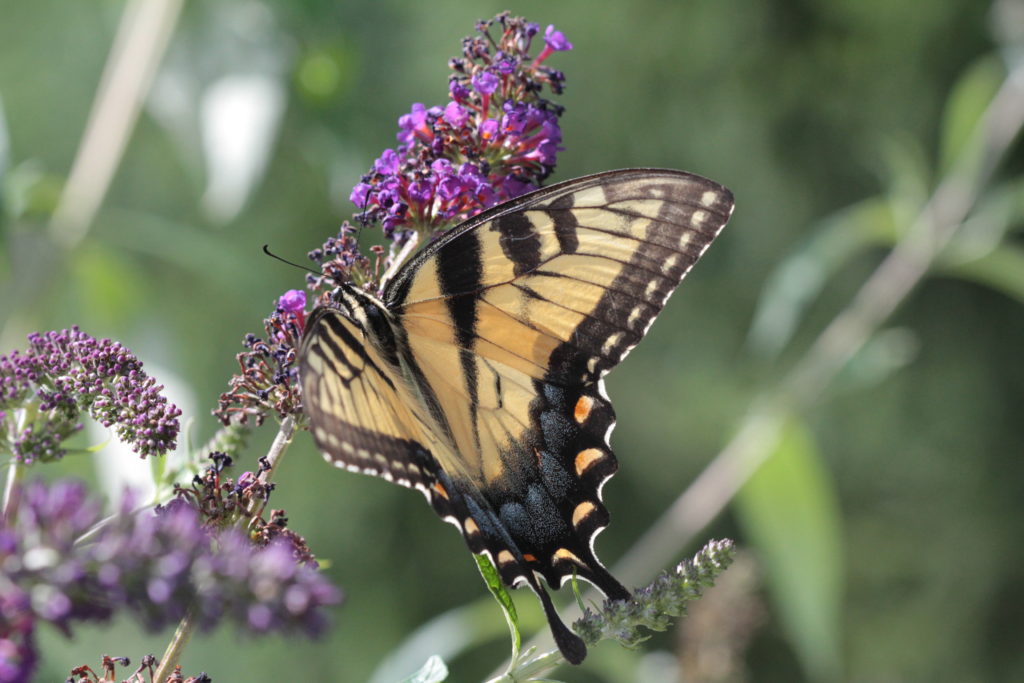
Female Eastern Tiger Swallowtail
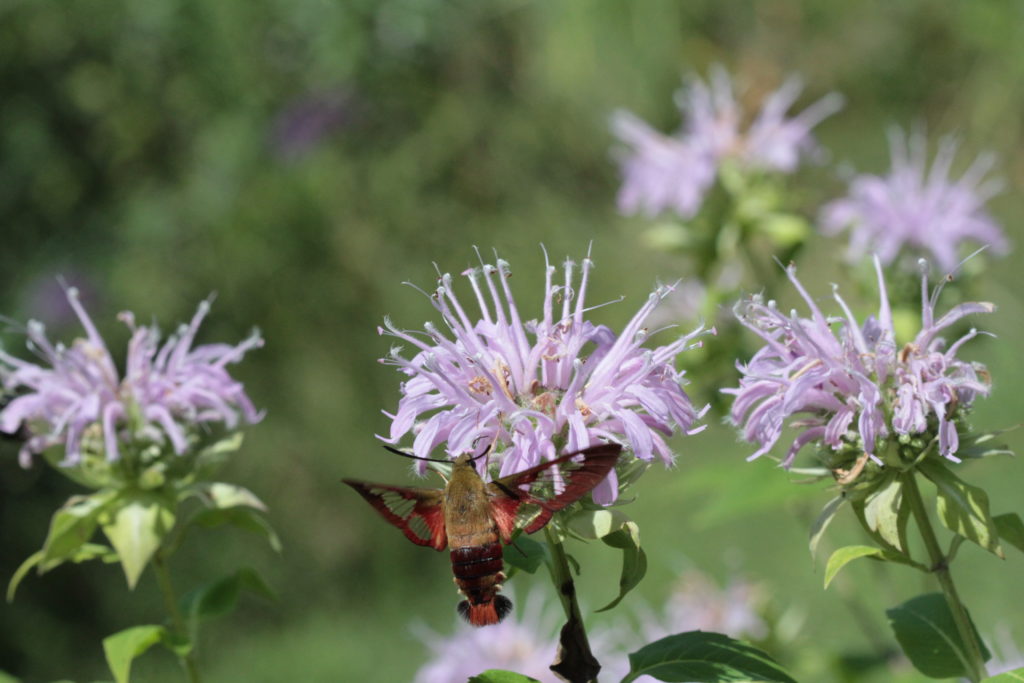
Hummingbird Moth on Lilac Monarda
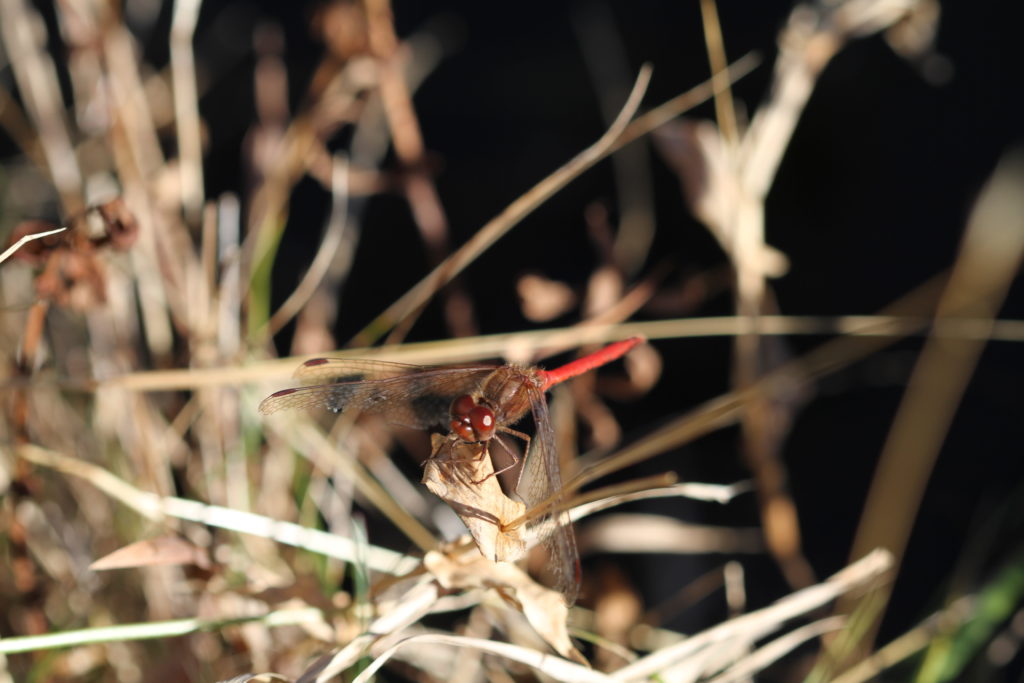
Dragonfly at Pond
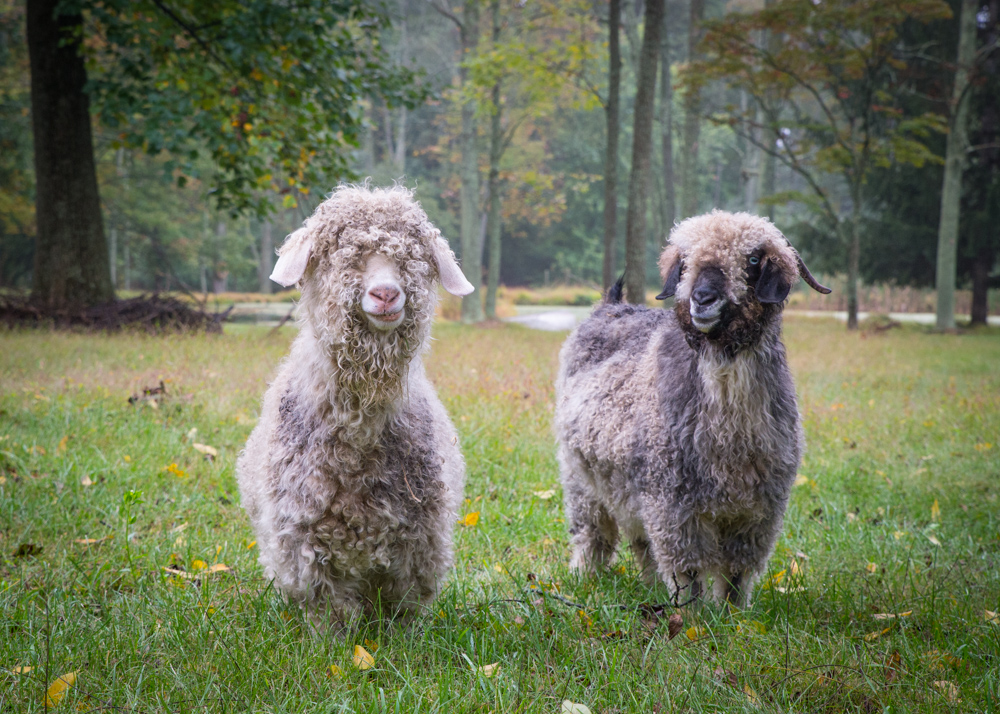
Ingrid and Starlight (Photo Courtesy Alice Su)
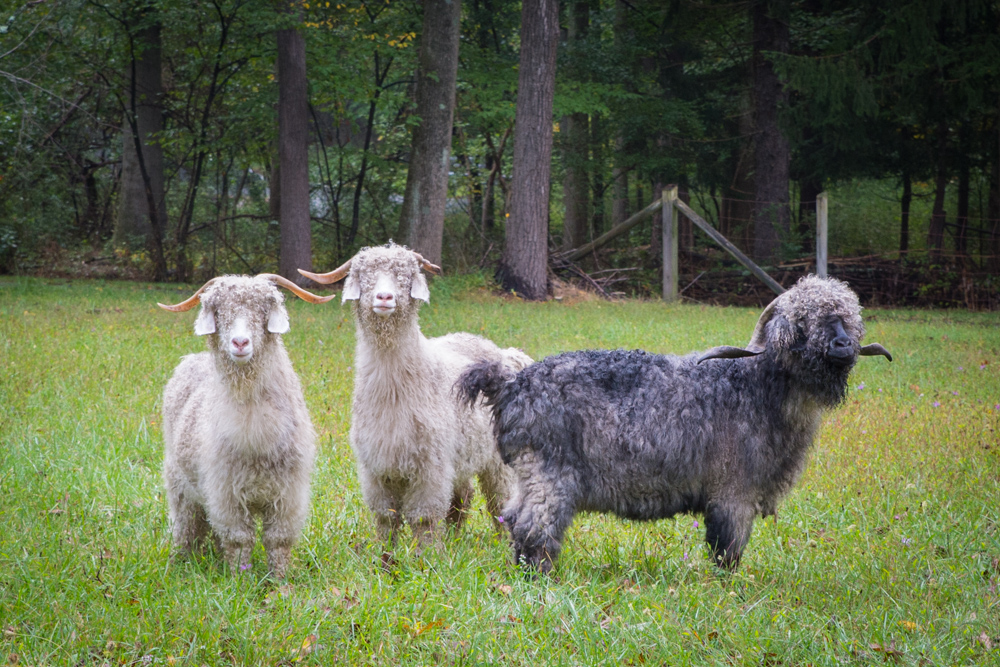
Jessie, James and Rembaldi (Photo Courtesy Alice Su)
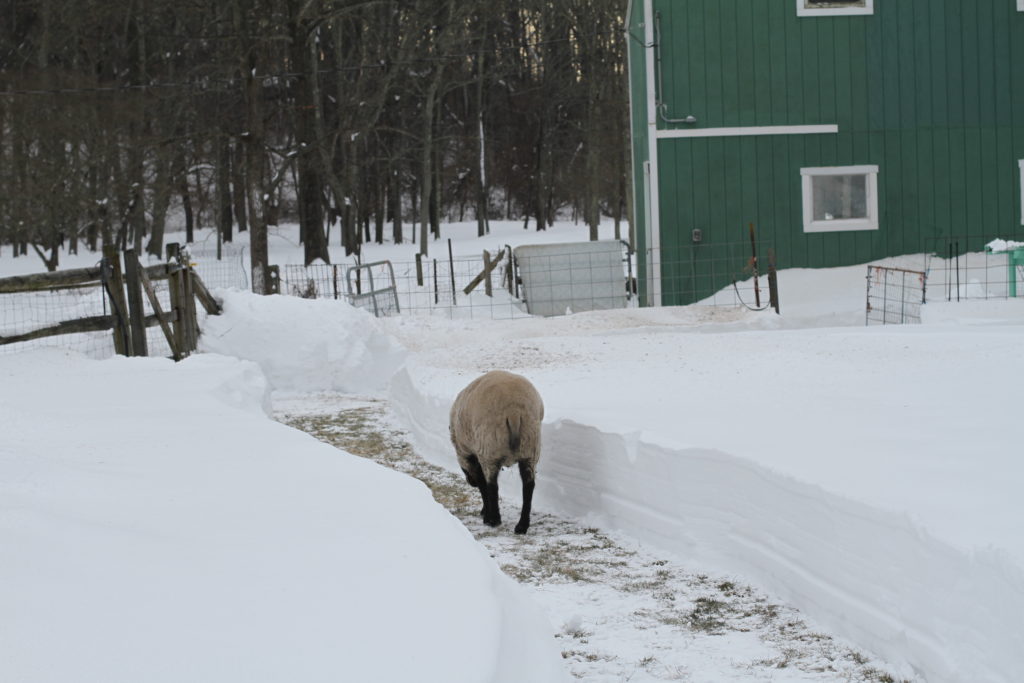
TyDye in Deep Snow Path
Save
Save
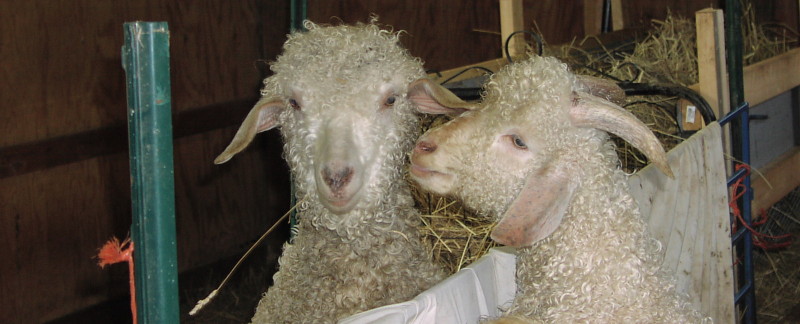
April 16, 2001 – April 5, 2016
Of natural causes, heart failure.
Ginger was a sweet, beautiful goat with one of the best fleeces I’ve ever had in my goats, the best of those with color genetics. Her father Sprout was a gorgeous goat and she got her great fleece from him, and the color gene from her mother Red. She passed the color genes on with great fleeces to her offspring too. She lived a great long life, serving as the herd matriarch until two days before her passing. She went downhill suddenly, enjoying life up til the last day or so. I opted to put her down as she was showing significant signs of distress – great difficulty breathing, she would not lie down and she stopped eating. The vet said she had never seen a case of heart failure in a goat, but she had a significant heart murmur and it was likely fluid around her heart that was causing her to have such difficulty breathing out. Also, laying down would have been painful because of the fluid in her chest. I believe that my goats are veterinary “experiments” because they live such long lives – most goats (or any livestock species) don’t get to live much past 2-5 years. Ginger died of natural causes – how often does that happen to livestock? She died with me holding her and she relaxed quickly and easily into an eternal peace.
It was so sad later in the afternoon when the other does went out to pasture because Ingrid came to the corner of the barn where Ginger had been for the last day and started calling for her. Ingrid had been standing on the partition and checking on Ginger while she was in a separate pen. She called and called until I went out and let her smell my hands since I had Ginger’s scent on my hands. I rolled Ginger (who was temporarily on a cart) to the pasture fence for Ingrid and the other does to smell. Then after a bit Ingrid and the others walked off, seeming to understand that Ginger would not be back. Ingrid did not cry for Ginger again.
Here as a memorial are some of my favorite photos of Ginger.
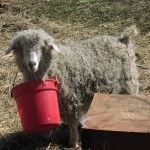
Ginger Wearing Bucket (Nov 2001)
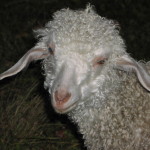
Ginger 7 Months Old (Nov 2001)
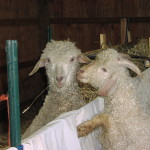
Ginger (left) and Scamp (2002)
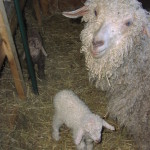
Ginger with Newborns Sienna and Jasmine (2003)
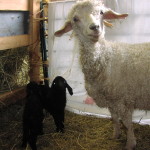
Ginger with Kids Leo and Rembaldi (2004)
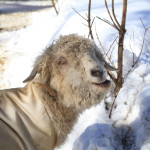
Ginger in the Snow (2014)
After a warm Fall and early Winter painting, installing pavers and digging drainage ditches which I hadn’t gotten to during the Summer, Mother Nature sent a whopper of a snowstorm to keep things interesting.
In mid-December I had tried to start the snow blower bought towards the end of last March and only used twice, but it wouldn’t start. Since it was still under warranty, I had it picked up and repaired. The snow blower wouldn’t start because a wasp nest completely filled the carburetor! Surprised and yet not (since wasps build nests everywhere here, including in the door hinges of vehicles if they are parked outside), at least I was prepared one day ahead of the snow storm.
It snowed for over 24 hours (Jan. 23-24), and at times the snow fall rate was over 2 inches per hour. Despite the awesome snow blower (24 inches high and 30 inches wide), I had to do the driveway and animal paths twice because of the large amount of snow piling up. By 6AM Saturday morning there was already over a foot of snow in the driveway. It was perfect snow, light and fluffy and easy to shovel. Usually the snow here is wet and very heavy so it was a delight to be out in this gorgeous snow. Good thing since it took days to get everything cleared! It was also good luck that the wind wasn’t nearly as bad as originally predicted since the snow fall amount was much greater than predicted.
The driveway itself only took 4 hours (two hours each time). Since there are a lot of small buildings (run in shelters, hen houses, hay shed, hay feeders, etc.) it takes a lot of time to clear the roofs so they don’t collapse under a large snowfall and some areas have to be hand shoveled. As a precaution I had packed the hay feeders with hay in advance so I wouldn’t need to move hay up to the barn or run in shelters for several days.
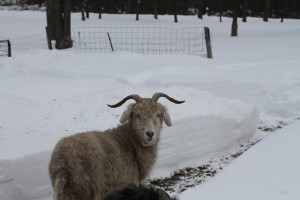
James on the Way to the Hay Feeder
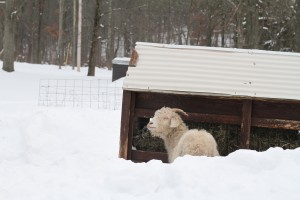
Jessie at the Hay Feeder
After spending over 8 hours getting the snow cleared on Saturday, the whole job had to be done again on Sunday as if nothing had been done. By the time the driveway was done the first time, there was already over a foot re-accumulated in the “clean” driveway. All day Monday and Tuesday were spent moving piles from areas that had to be hand dug as the snow only throws so far and making some of the paths wider. Quite a nice view standing on the wether’s shelter and tossing snow off the roof as far as it would go.
The whole farm is on a slope that runs down to the pond and creeks so drainage is always an issue once the snow melts. This snow storm was perfect, with sunny days and close to freezing temps so that the snow mostly sublimed rather than melting and creating ice every day. Of course it came to an end with 2 inches of rain a week later, turning the whole farm into mud with the consistency of quick sand.
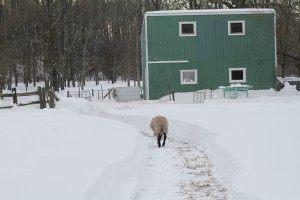
TyDye Going to the Barn in Snow Chasm
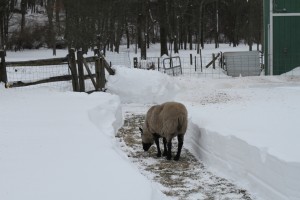
TyDye Eating Grass Through the Snow
None of the animals like snow removal implements of any kind, neither human nor machine powered but approve of the end result. When the snow is this deep they wait for paths to be dug for them. This snow was a good 4 inches above my knee and thus exhausting for me to walk in it. I can only imagine how hard it would be for a shorter animal such as the goats or for deer. The chickens don’t like snow but will go out in it for short periods of time if it’s not very deep. Like the goats and sheep they will eat snow to get a quick “drink” while they are out and about. I bring my animals warm water several times a day as I think it’s better for them to drink water that’s closer to body temperature when the outside temperature is cold. They do appreciate it and will drink large amounts of warm water.
Rabbits raced through the paths and at times they would jump out and skim across the snow with their built-in snow shoe feet while all the other local wildlife were in hiding for several days.
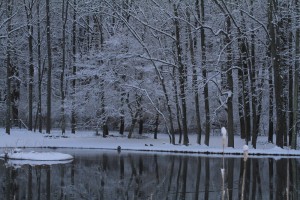
Pond at Sunset with Geese and Mallard Ducks
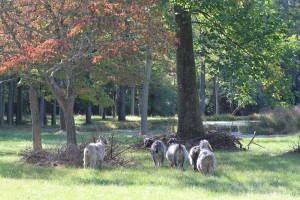
Girls Going Out to Graze
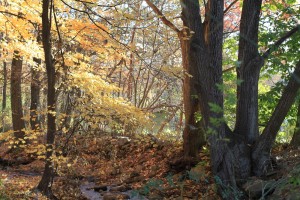
Leaves on Creek at Sunset
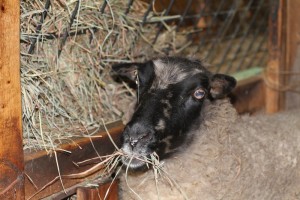
Breakfast in Bed
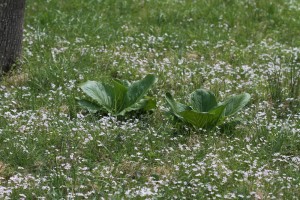
Spring Wild Flowers
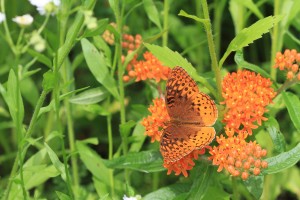
Fritillaria on Milkweed
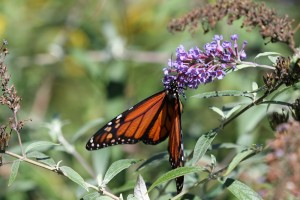
Monarch on Butterfly Bush
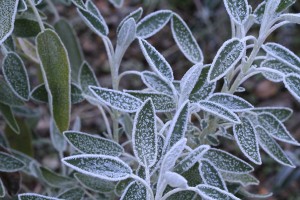
Hoar Frost on Sage
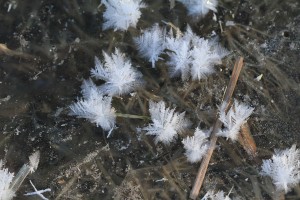
Hoar Frost on Puddle
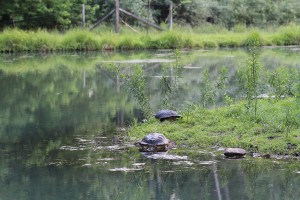
Snapping Turtles Resting Between Battles
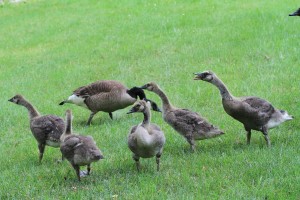
Young Geese with Parents
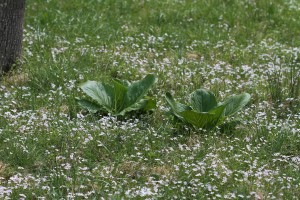
Spring Wild Flowers
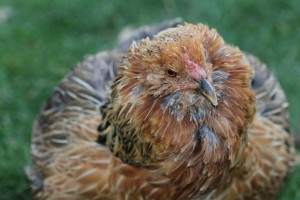
Ms. Cluck – Ameraucana hen
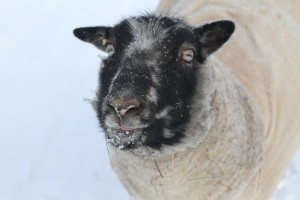
TyDye (Shetland Sheep) in the Snow
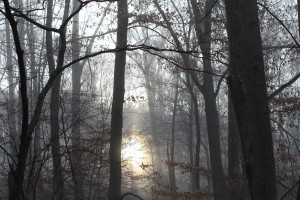
Foggy Sunrise
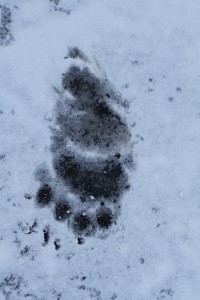
11 Inch Bear Print in March Snow
Reader warning: photos show blood/ skulls and the text discusses medical details.
Mid February 2015, Roberto broke his left horn whacking the hay feeder. Whacking the hay feeder was one of Roberto’s greatest pleasures in life and he could often be heard throughout the night giving it an adjustment so that he could reach the most tasty hay morsels. He also constantly whacked the side of the barn and the doors, so that I couldn’t keep a coat of paint on any object he could reach. I can only explain the need to whack as “it’s a goat thing”.
The fracture was small and clean so I opted to leave it alone since chances were good that it would heal on it’s own. In 10 days it wasn’t bothering him anymore but he broke it again. The break was larger but still looked like it would heal without intervention. But as a goat must do, Roberto began whacking the hay feeder again since the horn was no longer bothering him. This time he made a real mess of it and I knew it was going to have to be removed. Roberto was 9 years old so a horn removal at his age was going to be a major, messy job.
Goat owners often remove horns from newborn kids by burning the horn buds off their heads which keeps the horns from growing. It’s extremely painful, which is why goat producers normally do this within a day or two of birth, before the nervous system is completely wired and thus the kid is not completely aware of the pain. If you remove the horn, immediately below it is the sinuses and the brain, no skull to protect them. Interestingly for cows, if a horn is removed it is normally left open to the elements to heal.
There are several fairly large blood vessels in the horn as well, so removal involves a fair amount of blood loss unless it is cauterized, which is why burning is often used to close off the vessels. Needless to say, this is not a procedure I would ever do without sedation and/or pain blocking medicine.
Despite having two great vets come out to the farm to do the horn removal, I was uneasy in advance of the operation. Thankfully, the procedure went very well with the vets putting him out and then applying the equivalent of Novocaine at strategic nerves around his head and horn. Roberto lost a fair amount of blood but not enough to need a transfusion. Once his horn was bandaged and he was given a shot for any after the fact pain, he was given a shot to awaken him. After about 10 minutes he was up and we were able to help him back up to the barn for some rest.
Roberto was a bit groggy (as any one having surgery would have been) the rest of the day but was alert and eating, nearly his old self by evening. This was March 9, 2015. The photo above shows Roberto with his new bandage the day after his operation. The plan was to keep the bandage on for a couple of weeks so that it could completely heal before exposing it to all the hay and dirt that comes with living outside.
The bandage was removed successfully after 2 weeks but I didn’t like the looks of the wound. I emailed pictures to his main vet and she thought it looked as good as could be expected. I kept changing the bandages regularly and it was a cool Spring so there were no issues with flies attacking the wound. Full recovery for this procedure is typically 6 weeks.
On April 28th 2015, I noticed Roberto running around the pasture shaking his head continually with blood flying everywhere. Flies were being attracted to the wound so I got him into the garage (the only totally enclosed, fly free area readily available) and after 40 minutes finally got the bleeding stopped. I called the vet and she was able to make a visit within the hour. After a quick exam and a discussion we decided to put him down. After he was gone we explored the wound and found that a scalpel could cut right through the skull. Roberto most likely had osteoscarcoma which is why the horn broke. Ending his suffering was what needed to be done.
After 6 months composting (the best method for handling livestock losses), I dug out his skull and found a fairly large hole in his skull right above his left eye socket. Normally the bone is a bit thinner in that area (see photo of right side for comparison) but there should not have been a hole completely through the skull. This helped me feel better about the tough decision to let him go.
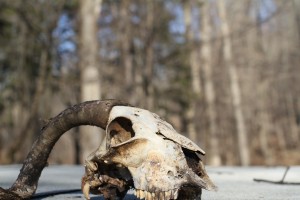
Right Side of Roberto’s Skull
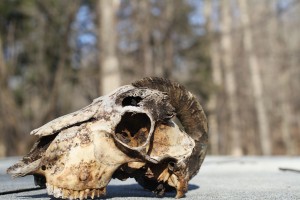
Left Side of Roberto’s Skull
Roberto was a gentle giant with gorgeous fiber who is greatly missed. He always looked out for his twin sister, Ingrid, who was much smaller than him. Roberto is also the goat pictured on my original blog’s home page. My learning for the future is to question why a horn would have broken in an adult goat with no prior history of illness or injury to the horn.
I’ve managed a few fiber projects in recent weeks around all the spring time farm work. I’ve been making inkles over the winter and this week did two from 100% Dancing Waters Farm yarn (70% mohair and 30% wool). The draft is the same for both as they were both done with the same threading, but I used white for the weft of one and black for the weft of the other. The difference is only in the edge, as the last two threads are black. I prefer the solid black edge, but the white ticking version along the edge is pretty too and the difference in appearance between the two is not huge. Using a tweed for the center section gives it a gentler look. Will go for greater contrast on my next project for comparison.
Another project was spinning a variegated fleece purchased at the 2013 Garden State Sheep Breeders Fleece Show and Sale. It is a black and white fleece, and the color of some of the locks change from white to black along the lock. According to the sheep’s owner, the color change along the lock reverses from year to year. I thought this would be perfect for hand spinning from the lock as the beautiful natural variegation would end up a uniform grey if it were carded into roving.
Unfortunately the white sections of the locks where too short (~0.25-0.33 inches) to give me as much color separation as I had hoped. Also many of the locks had a fair amount of weather damage on the ends (tippy). This meant pre-drafting before I spun the locks versus spinning right from the locks after washing. Since there was less color separation than I had hoped, the fiber was not consistently even and there was some VM in the fiber, I went for a thinner single and then plied it versus going with a fat singles or a Navajo ply (ie- versus preserving the color changes in the single)
So…it did not turn out as I had imagined but it is still a pretty skein. Most of the rest of the fleece is a gorgeous pale steel grey and I look forward to spinning the rest of it. My plan is to use this skein in a tapestry rug, thinking it has perfect color variations for a cat outline but it would be good for a sheep too!
Another fun project was making coasters out of DWF roving. I did a needle felted sheep coaster (70% mohair, 30% wool):
As well as hand braiding three colors of roving, then stitching them together. Next I needle felted one, wet felted another for comparison. I much preferred the needle felted version.
I’ve gotten my tapestry loom warped and my drawings taped up behind the warps, ready to go. Now to select my background colors and get started!
Spring is trying to make a return. Still some hard frosts at night but the days are reaching the 60’s some days which is a welcome change. Boot removing mud is everywhere as is typical for Spring. The wetness makes it impossible to do much of the cleanup needed as just walking makes huge ruts in what one hopes will someday return to grass. This is my eternal battle, trying to keep grass growing and yet continually losing it a section at a time. Around here pasture once lost is almost never regained due to traffic, preferential eating of the newly emerging plant life or the mysterious compunction to sleep on bare or newly seeded ground. As I do every year, I am contemplating installing french drains near the barn and more permanent paving than gravel for the path up the hill to the chicken yard and barn. Maybe this will be the year! Spring is so beautiful and yet there is always a period in which I am over whelmed thinking about all the work needed to cleanup from the winter. Maybe that’s why so many people move south!
One of my one year old laying hens prolapsed and I decided to put her down. I could have pushed her insides back in and tried to tie it up to see if it would hold until it had repaired itself, but thought it unlikely since a chicken is programmed to push eggs out every day. Several days later I lost a very old hen to reproductive system tumors, so the farm is down 4 laying hens in 2014. However, new chicks are coming in several weeks! This year I’m trying several new (to me) varieties that are bred to hatch well during the winter: Faverolles (French) and Chanteclers (Canadian). Tried to get Faverolles last year but they didn’t hatch at the right time for the rest of my order. The Australorps from last year are doing well despite the cold winter and their huge combs. I was afraid they might get badly frost bitten (knowing from personal experience how painful frostbite is) but they have only a few very small spots of damage and they seem happy and are laying well. I love the way they run to me when I call them – just like groupies at a rock concert, running with their wings outstretched and screaming (“wait I’m coming too!!!!) if one gets too far behind the rest of the group.
On April Fool’s Day I rescued a middle age cat that had been trapped by animal control and was being held by a vet I often use. No one had showed up to claim her in 4 weeks and I thought an older cat would be hard for the vet to place so I took her home. After a few days my current cat Ozzie was getting used to her and found her very intriguing, and she was settling in but still unnerved by his fixed stare and the way he would pounce up to the fence that separated them if she started eating. On day four the vet calls and tells me the owner has shown up and is looking for the cat! I take her back of course, glad that she could be returned to her original home but it was sad too. She was very sweet and well behaved, and think she would have made a nice playmate for Ozzie. He had a great evening checking out all the toys she had used during her visit.
Foxes are showing up on the game camera almost every night the last several weeks after no signs of them most of the winter. Racoons have returned to view as well. A neighboring farm has seen tracks of a pack of 5 coyotes and has been finding deer they took down. Last April I lost 2 of my oldest goats (>100 pounds each) to coyotes, the first time in almost 20 years here at the farm that I had ever lost a goat/sheep to a four legged predator. Since then I’ve been locking them into corrals at night which is a bit of a challenge with goats as they are programmed to whack things with their heads/horns and need a fair amount of space or they beat each other up as part of their social hierarchy maintenance. After several months of putting up the corrals and making adjustments the arrangement is working well, other than the extra work it entails (letting them out, locking them in and daily cleanup). A bit of extra works certainly beats finding mostly eaten carcasses in the pasture!
Had to reschedule shearing due to rain, but since it has been so much colder than normal think overall it was a good thing. Will try again on Good Friday. Poor egan stepped on something and really messed up her foot. Have been cleaning and re-bandaging it for about 3 weeks now as of course the barn area is 4 inches deep in mud. I’ve perfected the art of duct tape booties through the years and hers goes all the way to her knee. It keeps her foot clean and dry over the bandage and it’s loose enough to allow some air to enter from around the top. She is finally walking normally so I’m hoping to stop bandaging her next week. She’ll be happy as she is tired of my cornering her in the barn to con her into eating Ibuprofen for the pain and changing the bandages!
This will likely be a year where there is no Spring at all. Instead Winter will move right into Summer. 19 degrees this morning, but at least the wind has dropped from the howling all day yesterday and last night. Lucked out and didn’t get any of the snow predicted. Already past the normal time of year to plant peas, but wouldn’t think of putting them in yet this year. Shearing is scheduled for tomorrow but the weather forecasts are saying rain and it won’t be a bad thing to postpone since it will be continuing to be below average temperatures for a few more weeks yet. The goats can generally handle temperatures down to about 32 degrees after a new haircut. I can put t-shirts on any that are cold for a few weeks until their hair grows out. Angora goats are hair growing machines with fiber growth of about an inch a month. They need about an inch of fiber to tolerate very cold temperatures.
Finally got the large evergreen trees in front of the house taken down. They had been on my to do list since Hurricane Sandy took one of them down, luckily falling away from the house although not as good for the fence it hit. The trees had gotten too big to be so close to the house. It made an enormous difference to the look of the farmstead and now there is room for a big garden close to the house. I’ll have to put a tall fence up to keep out the deer with chicken wire around the bottom to keep out the rabbits and woodchucks. It’s a relentless battle where the fencing seems to keep me out better than the wildlife! This year it will be a compost pile for the barn so that the soil can be built up. Right now it is too wet and low with large tree stumps to readily grow much. I will probably plant pumpkins on top though to keep the compost neatly covered while it does it’s job. A side benefit of the tree removal project is that the goats are having a feast on the branches. This will get them through until it warms up and the pastures come back to life. The sheep like the evergreen branches too, a nice change from hay I guess. Now I need to get out there and chop off the smaller branches so I can use the long branches for fence poles. Never a dull moment!
